Sur
The journey to Sur was a small one, yet Sur made me much more compelled to write about it than many other places.
Sunset on the Beach
Sometimes, all it takes is to sit on the sand and watch the world around us moving - that's enough to know we're truly in this moment.
Life is memorable because of the unexpected and unconventional decisions we make.
Like any other trip, whenever I travel to a new country, I tend to choose a lesser-known destination that stands out visually, such as Pokhara or Gyeongju; this time, Sur was the chosen one, perhaps thanks to those watchtower and river mouth photos that had caught my attention. That was the plan, but as always, the reality turned out a bit differently than expected, yet I don’t think I’m too disappointed about this journey.
The Arduous Journey from Nizwa
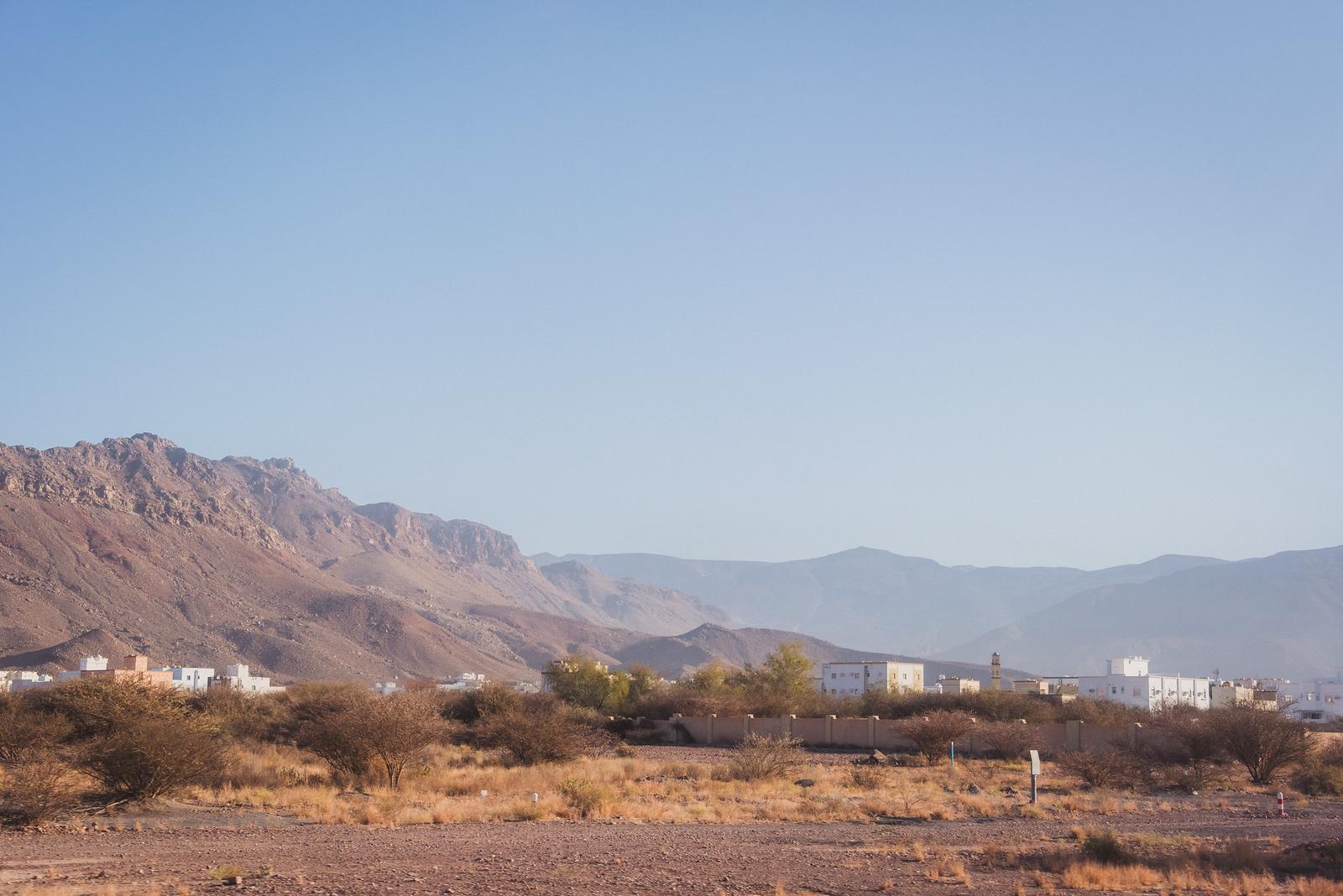
One of the key inconveniences - and also a way to gauge how travel-friendly a country is - lies in the connectivity between its destinations. Oman’s suitable for traveling by private car, but for a solo traveler relying on public transportation like me, commuting between cities of Oman isn’t an easy task. If taking bus from Nizwa, you have to catch a 3:55am ride from Firq to Muscat, then continue to Sur, which takes more than five additional hours. So I opted for a shared taxi from Nizwa to Muscat and then on to Sur, but honestly, that didn’t make the journey any easier.
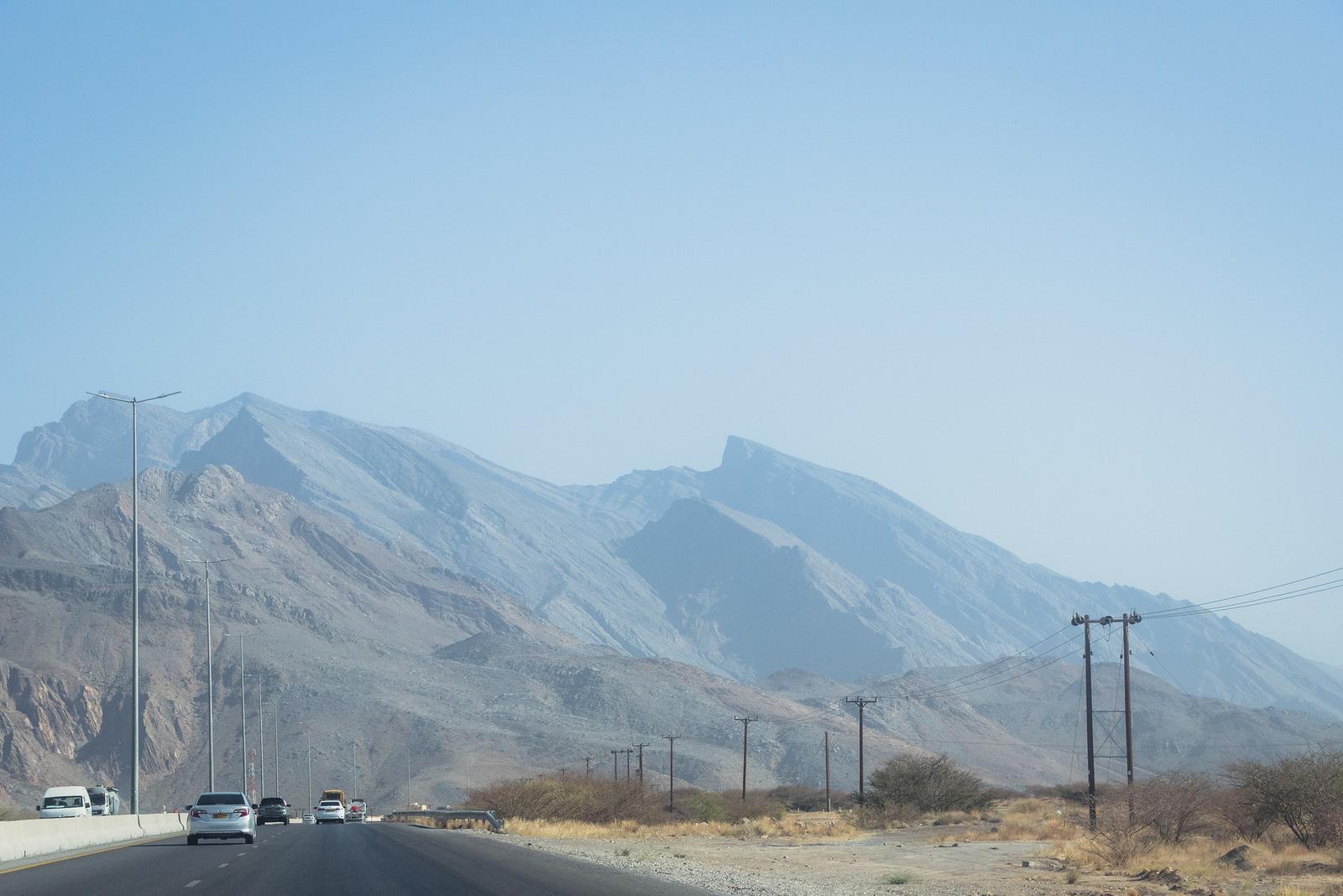
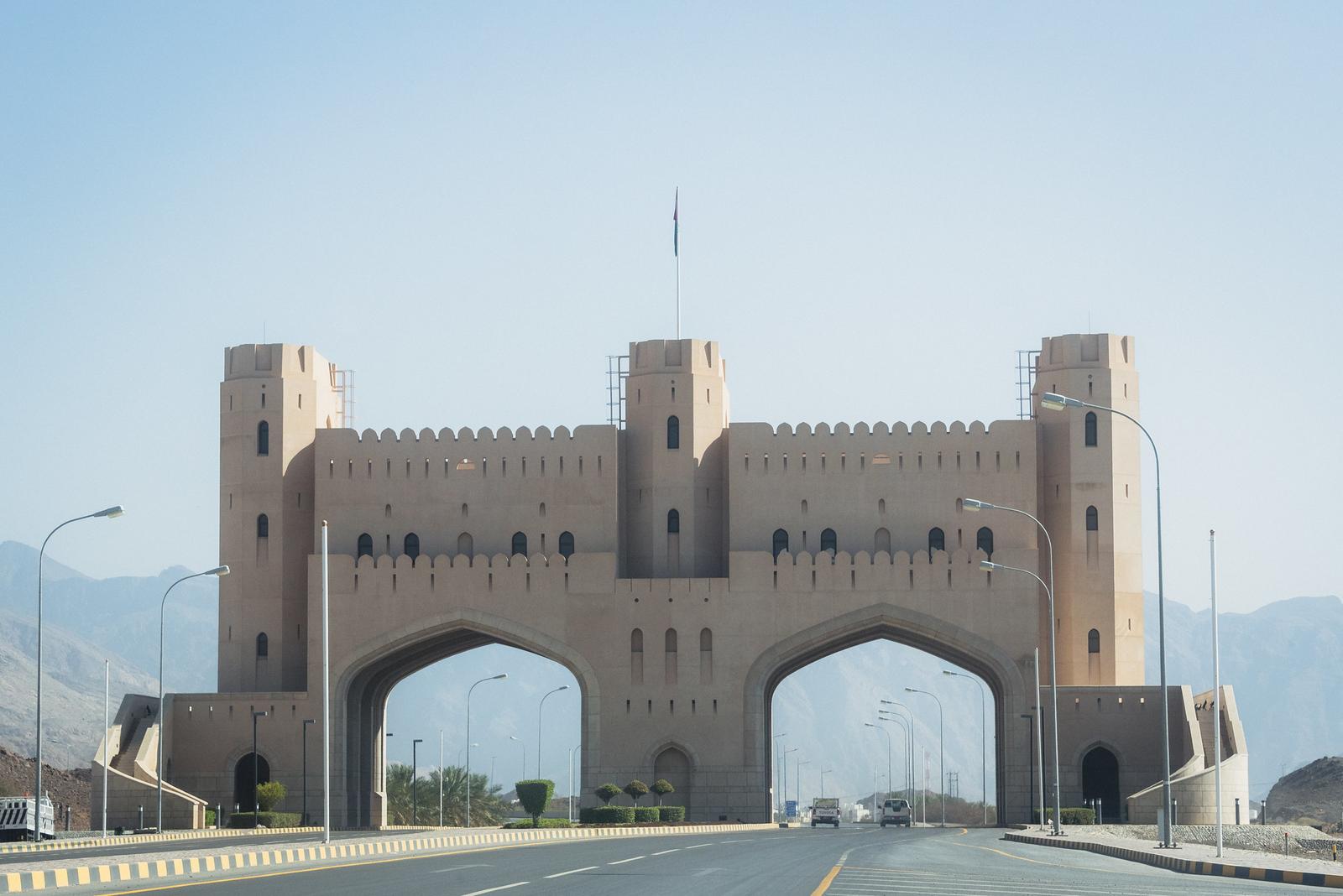
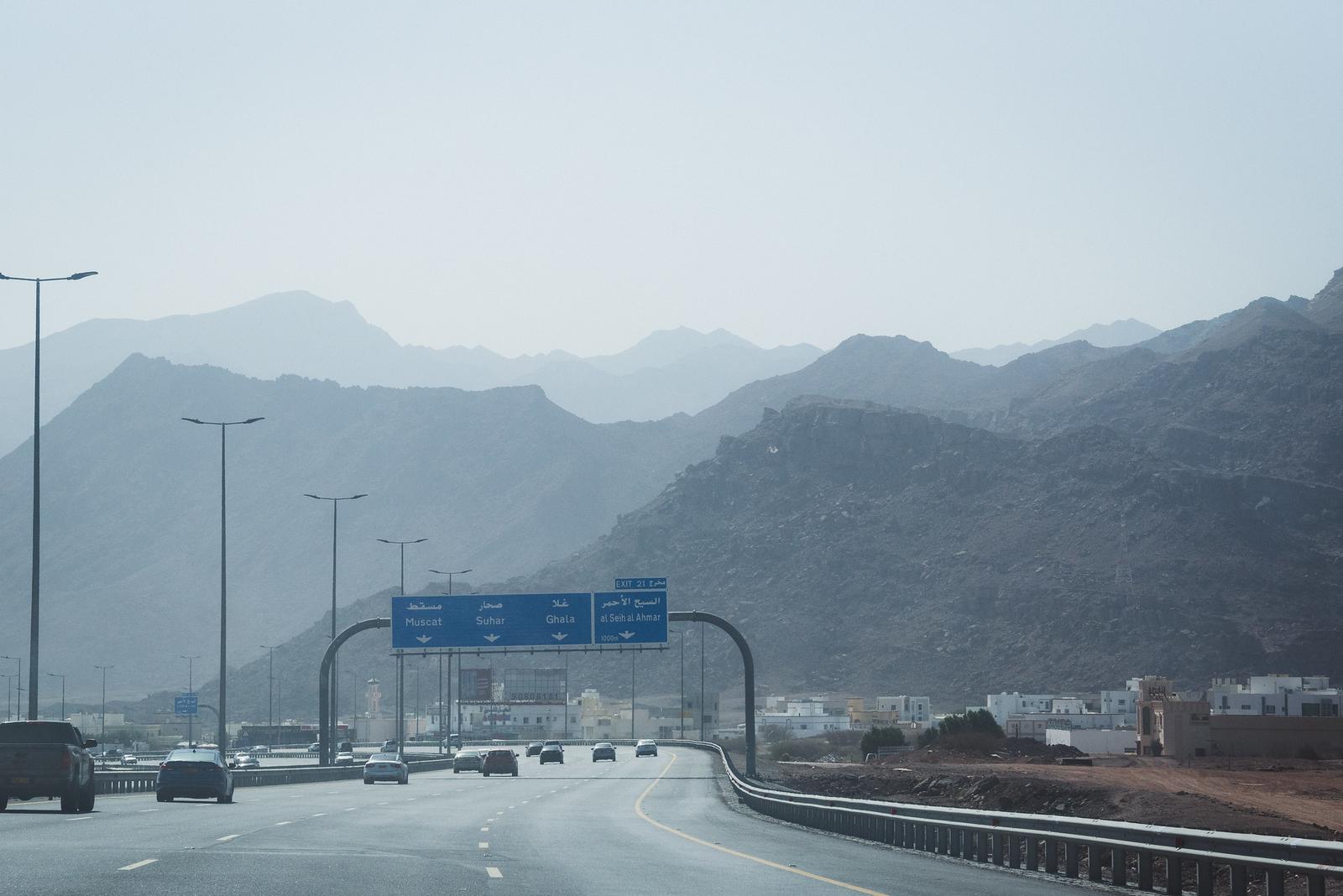
I had to sit through four different taxi rides on this journey: first, an Otaxi ride to Firq, squeezed next to fat, sweaty passengers, before being passed off to a driver of African descent. In Oman there’re roadside taxi stops, and on long-distance routes, drivers often call out to pick up or exchange passengers with other cars; this leads to the trip getting frequently interrupted, sometimes with long waits by the roadside or at gas stations, all under the scorching 40°C heat.
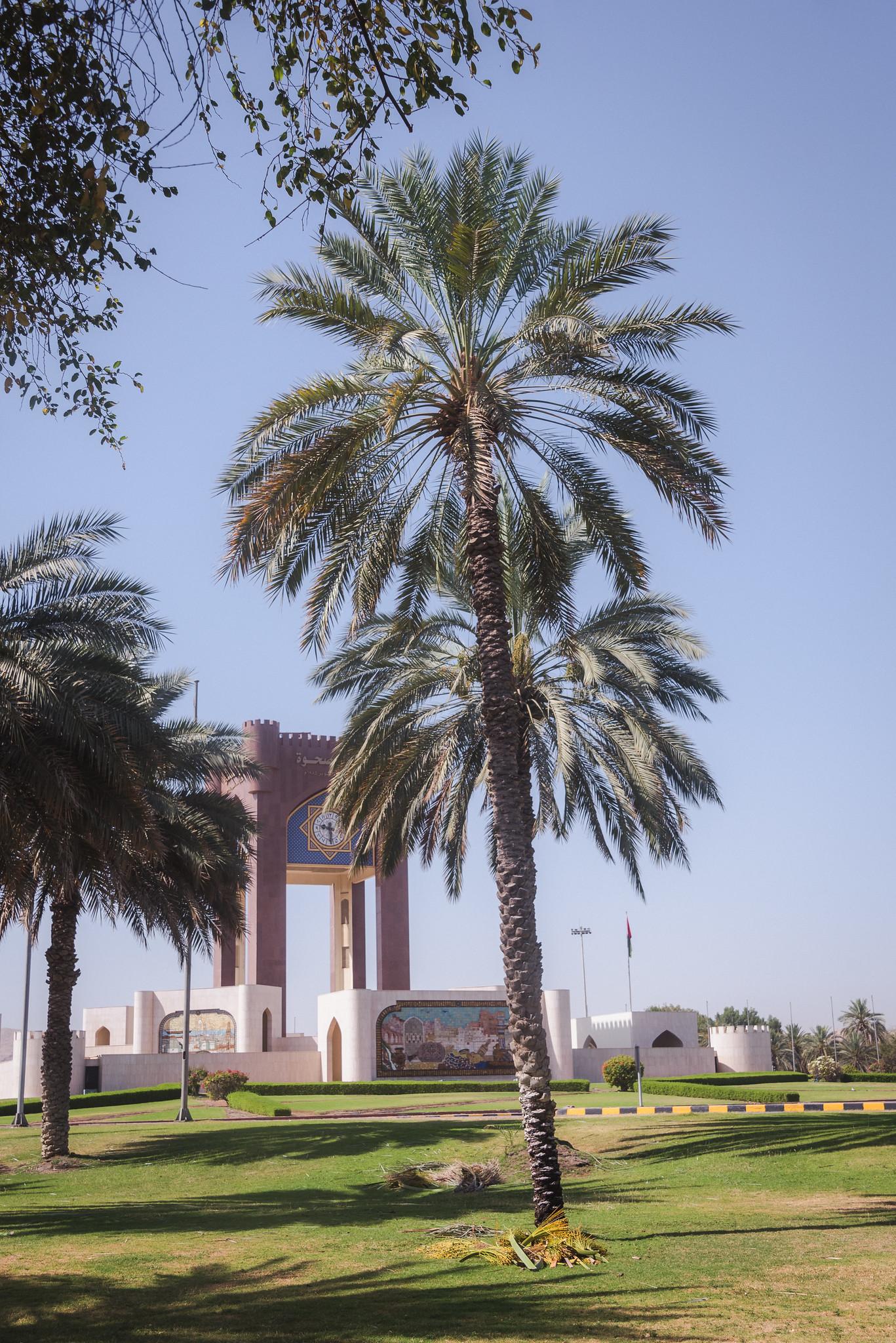
I arrived at Burj Al Sahwa roundabout around 9:30am and had to wait for another ride to continue my journey towards Oman’s east, fortunately the grassy park there helped soften the sun intensity quite a lot. After a wait, a few fellow passengers finally showed up, but they’re heading to Ibra, so the car had to double back along the previous route and then take Highway R23, cutting through the mountains before eventually turning to Sur. That’s a winding route, where the sun reflecting off the scorched rocks lining both sides of the road blasted through the windshield, along with the inconvenience coming from tiny legroom of a sedan which made me fatigued. One remarkable thing about Oman, though, is the consistent 5G coverage, even in the middle of those barren rocky mountain ranges.
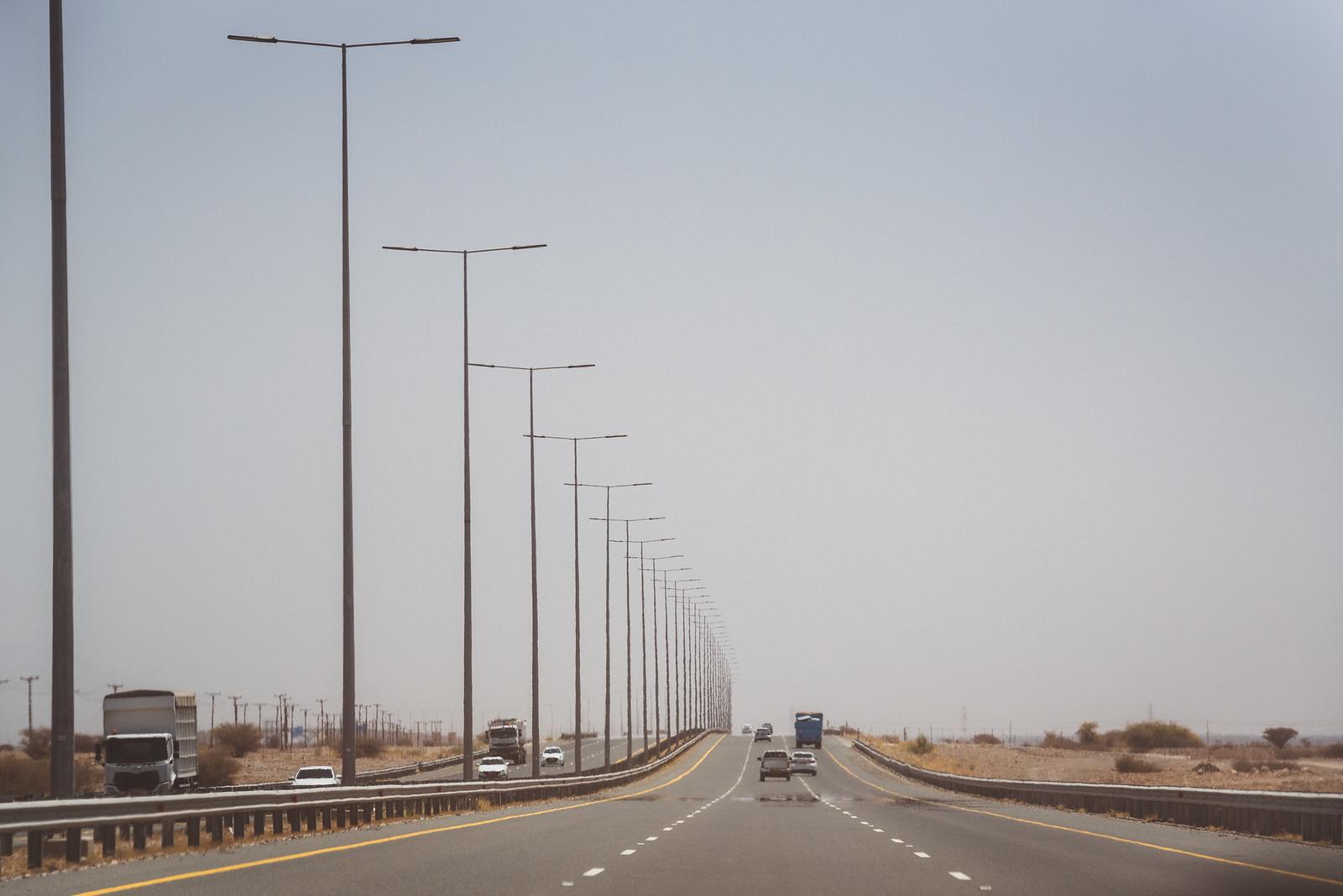
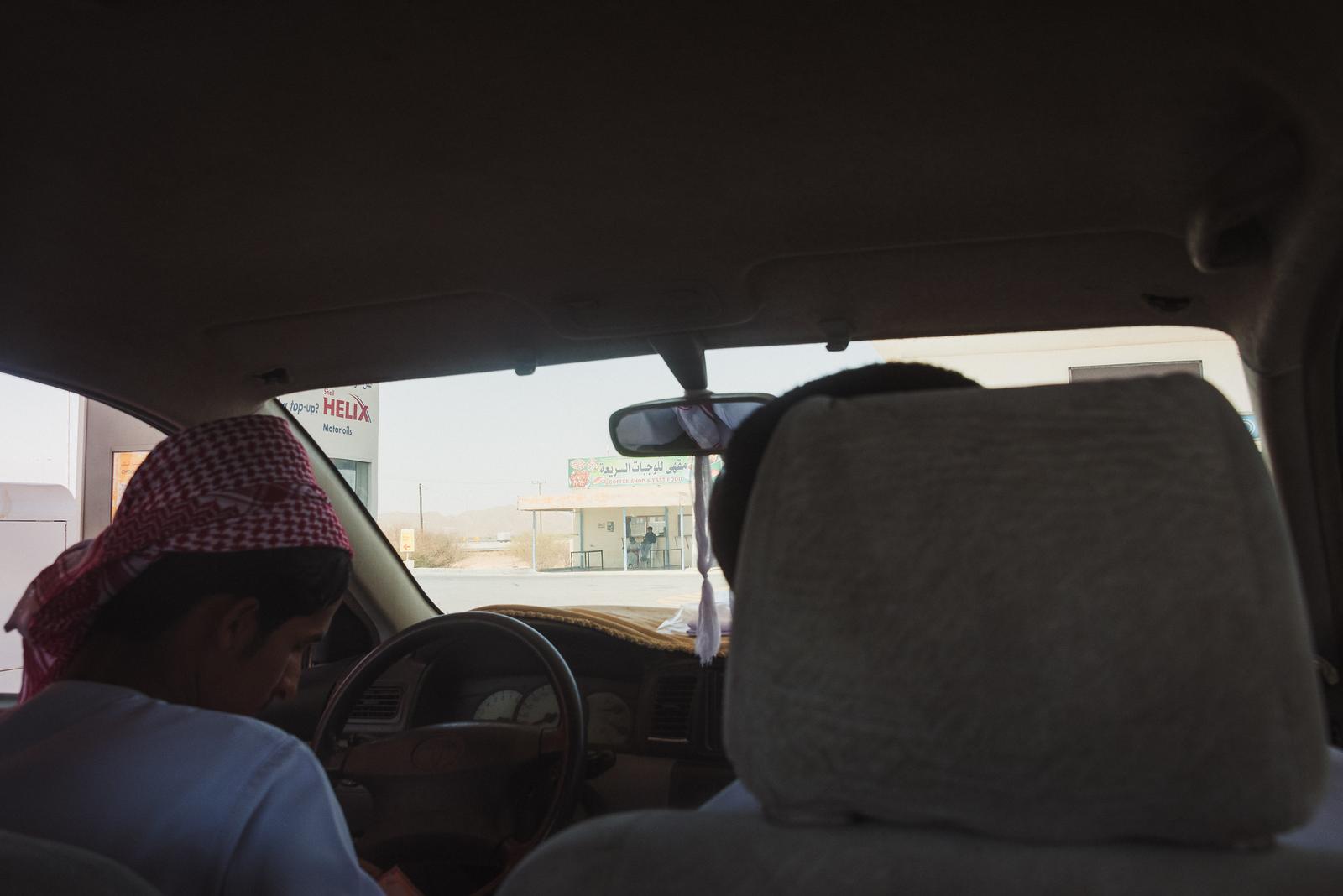
I switched taxi one last time for the downhill stretch to Sur. This time, the driver was a teenager behind the wheel of a beat-up Toyota being skillful at driving yet clueless about Google Maps, so he made several wrong turns and detours before finally dropping me off at my homestay. It’s already 2pm by then, and I was completely drained, having eaten nothing since morning; thankfully I had found in my backpack a small pastry and a juice box bought the day before. The ride to Muscat costed 6 OMR, and the final leg to Sur costed 10 OMR - not a cheap price for such a lengthy and grueling journey, but then again, I didn’t have any other option.
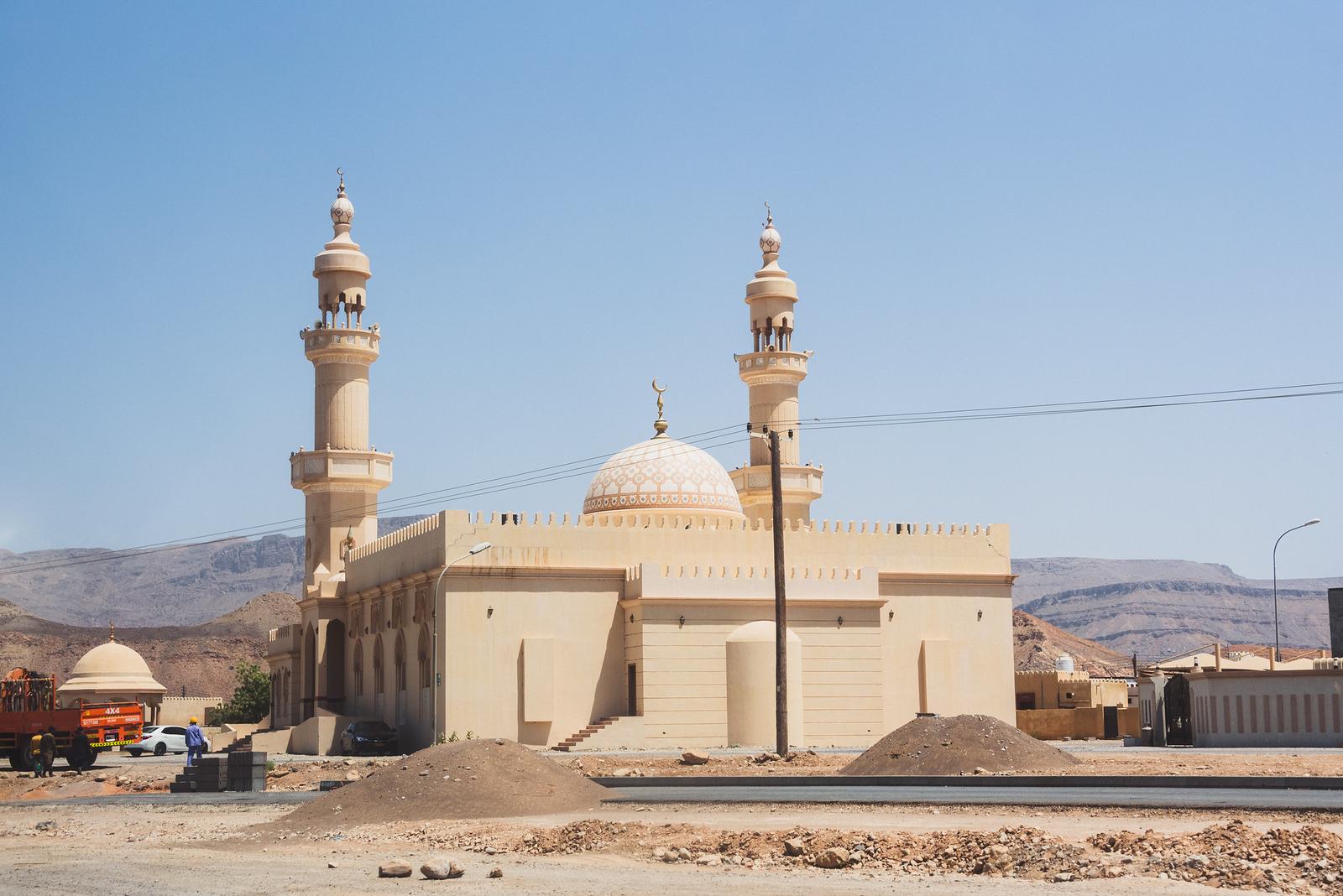
On the bright side, the homestay turned out to be a well-furnished, modern room inside a newly built villa. The door was unlocked, and as I stepped into the unfamiliar living room, I felt like I was accidentally breaking into someone’s home. Aside from me, the only person in sight was Abdul, a Bangladeshi housekeeper, who welcomed and showed me how to use the room. At that point the only thing coming into my mind was to take a painkiller to relieve my headache and collapse on the bed, silently reminding myself not to set the air conditioner too cold.
An Afternoon at Sur
Despite still feeling exhausted, I pushed myself to book an Otaxi to the beach to enjoy this city during the fleeting hours of sunset.
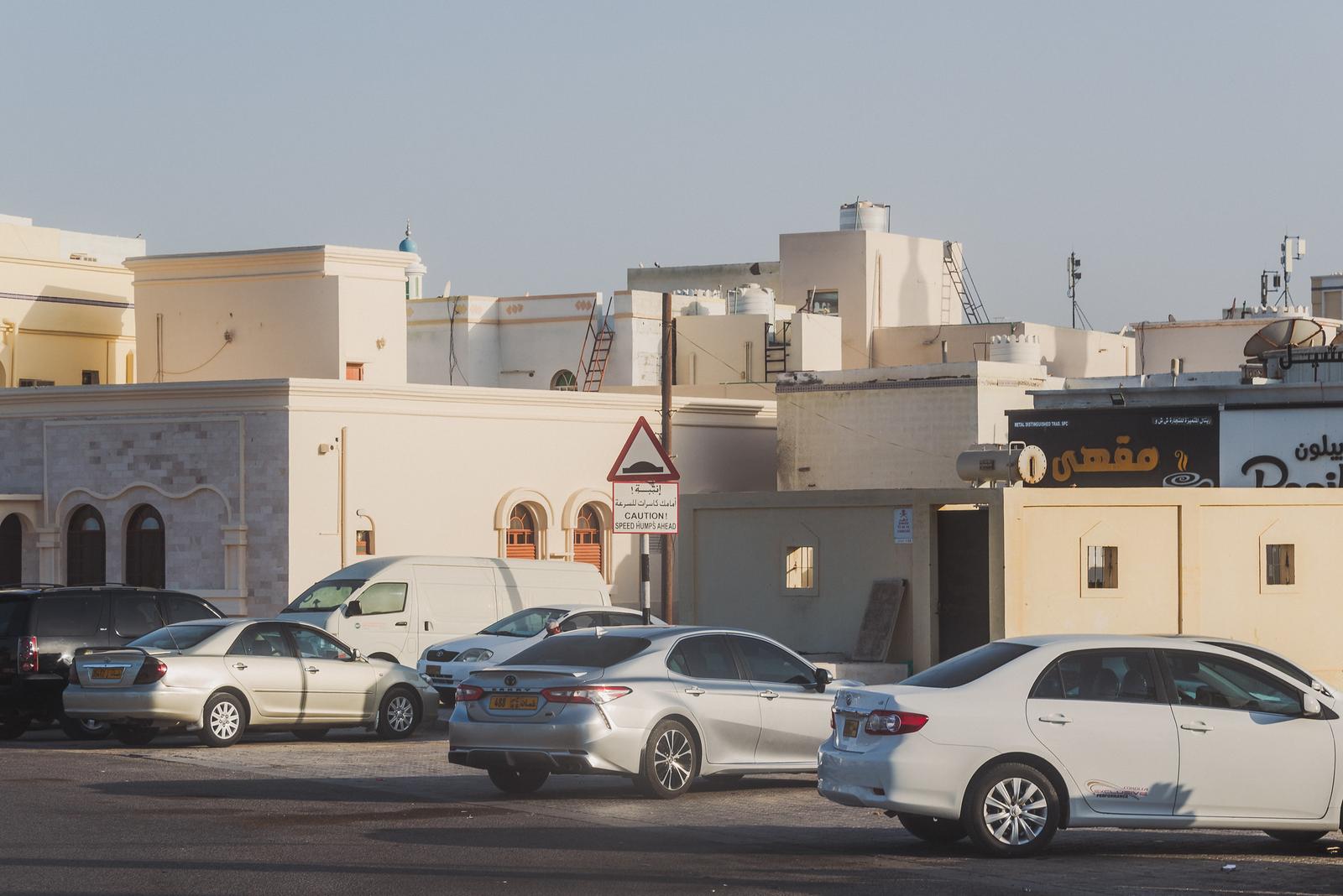
With a population of just over 120,000, Sur is quiet and peaceful - and yet, a stranger like me chose it as a stopping point. During my time there, I couldn’t spot a single other tourist, and locals looked at me with a kind of curious surprise.
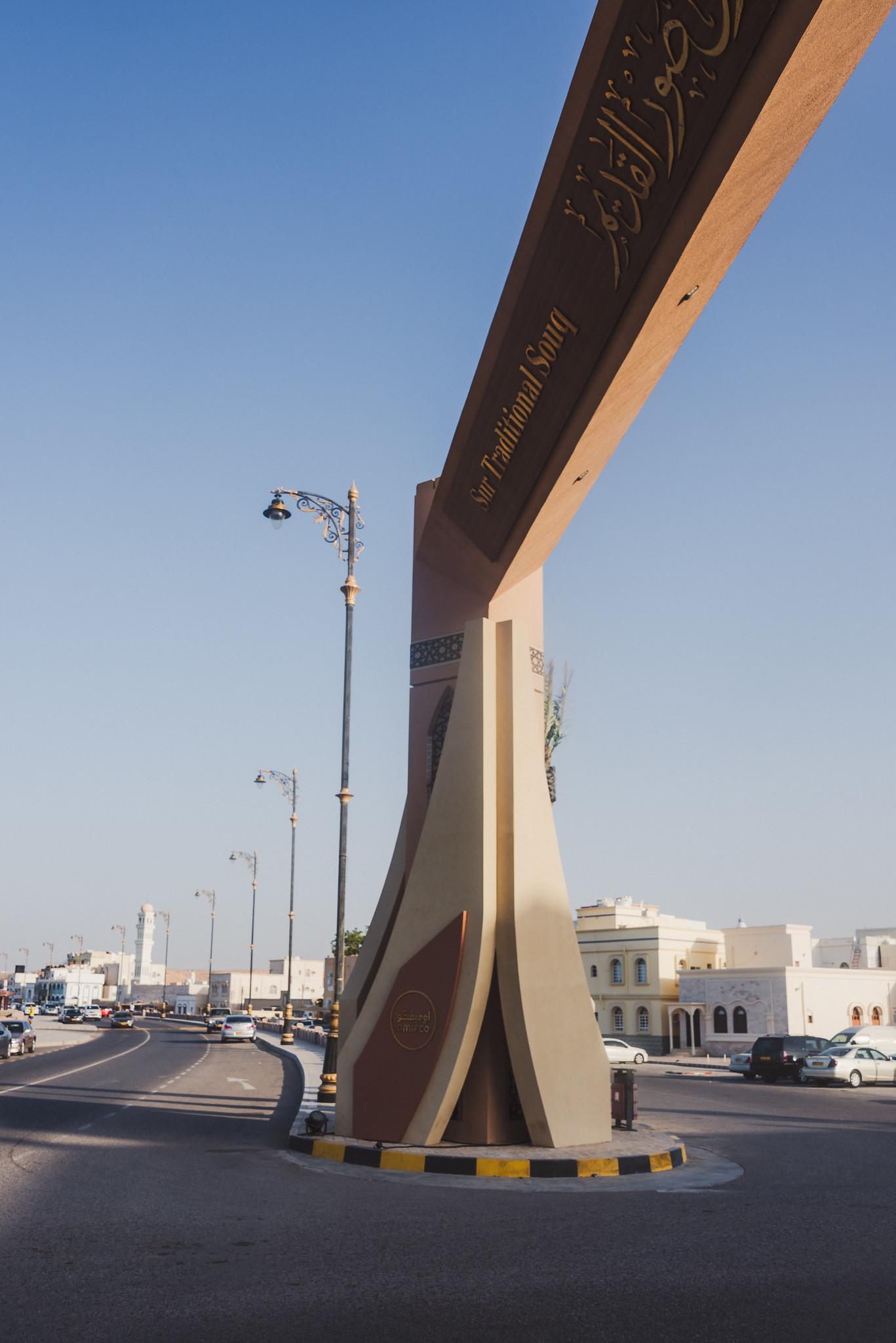
I ordered a rather unique avocado-passion fruit smoothie to recharge at a drink stall in the Souq, its vendor was also from Bangladesh. The Souq in Sur was quiet, with the most prominent shops being women’s apparel stores. The afternoon sun made the scenery look as if just waking up from a midday nap, while my body still ached and burned with lingering fatigue.
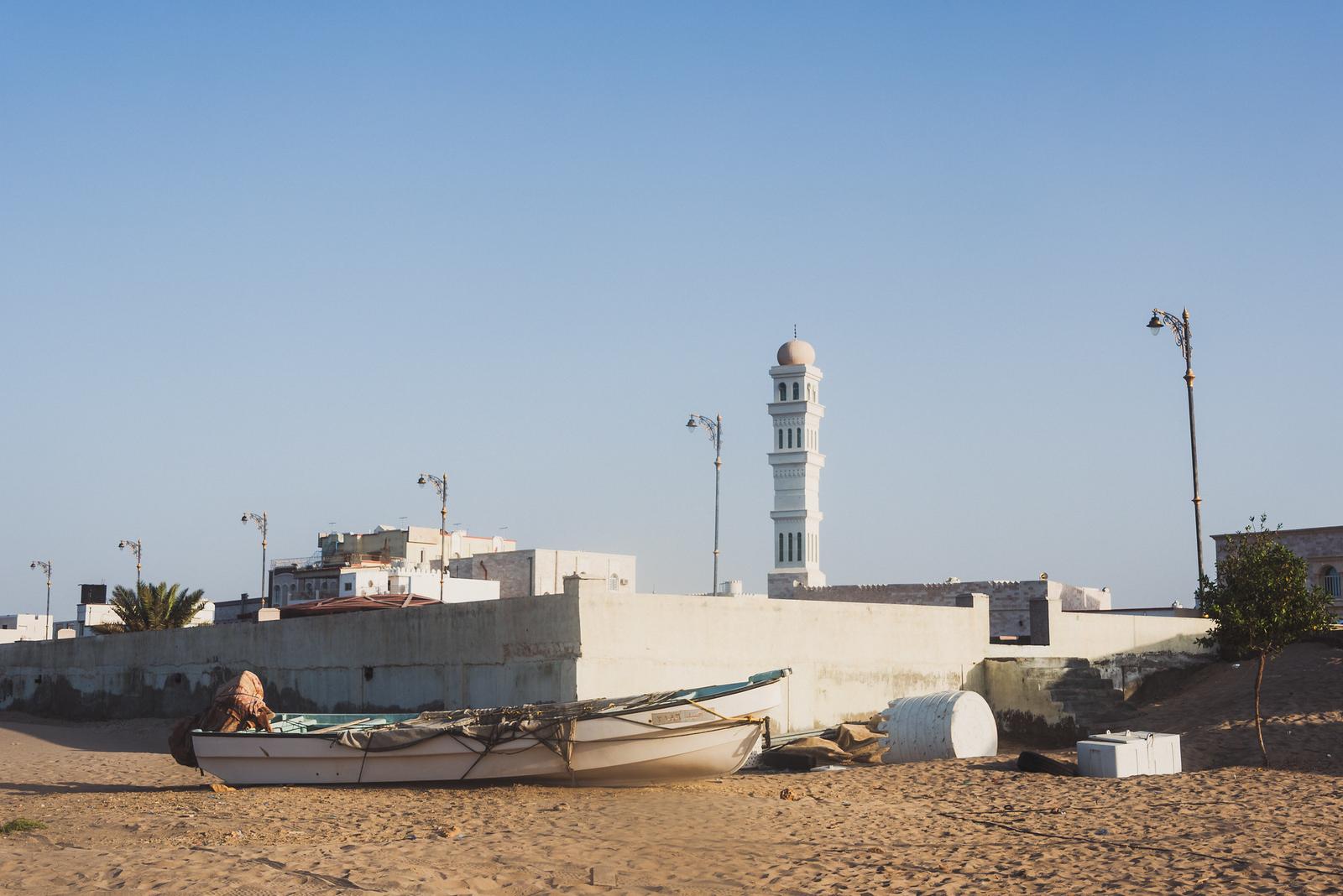
Amidst the Beach
I later found out that the best spot for photos is at Al Ayjah Watchtower, where you can look out over the suspension bridge at the river mouth, capturing both the lighthouse and the fortress sharing its name. However, with the little time I had, I didn’t regret choosing to head to the beach that day.
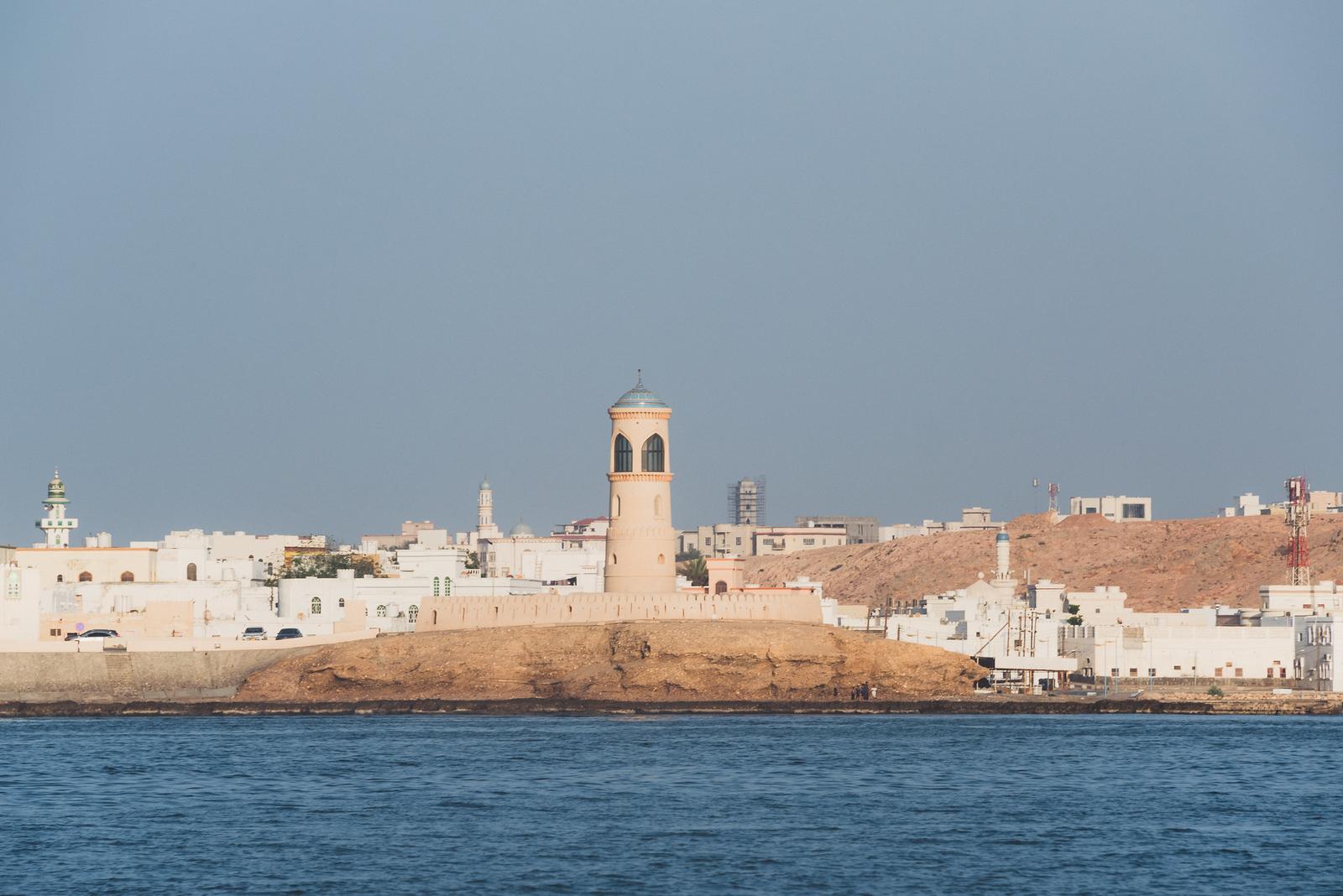
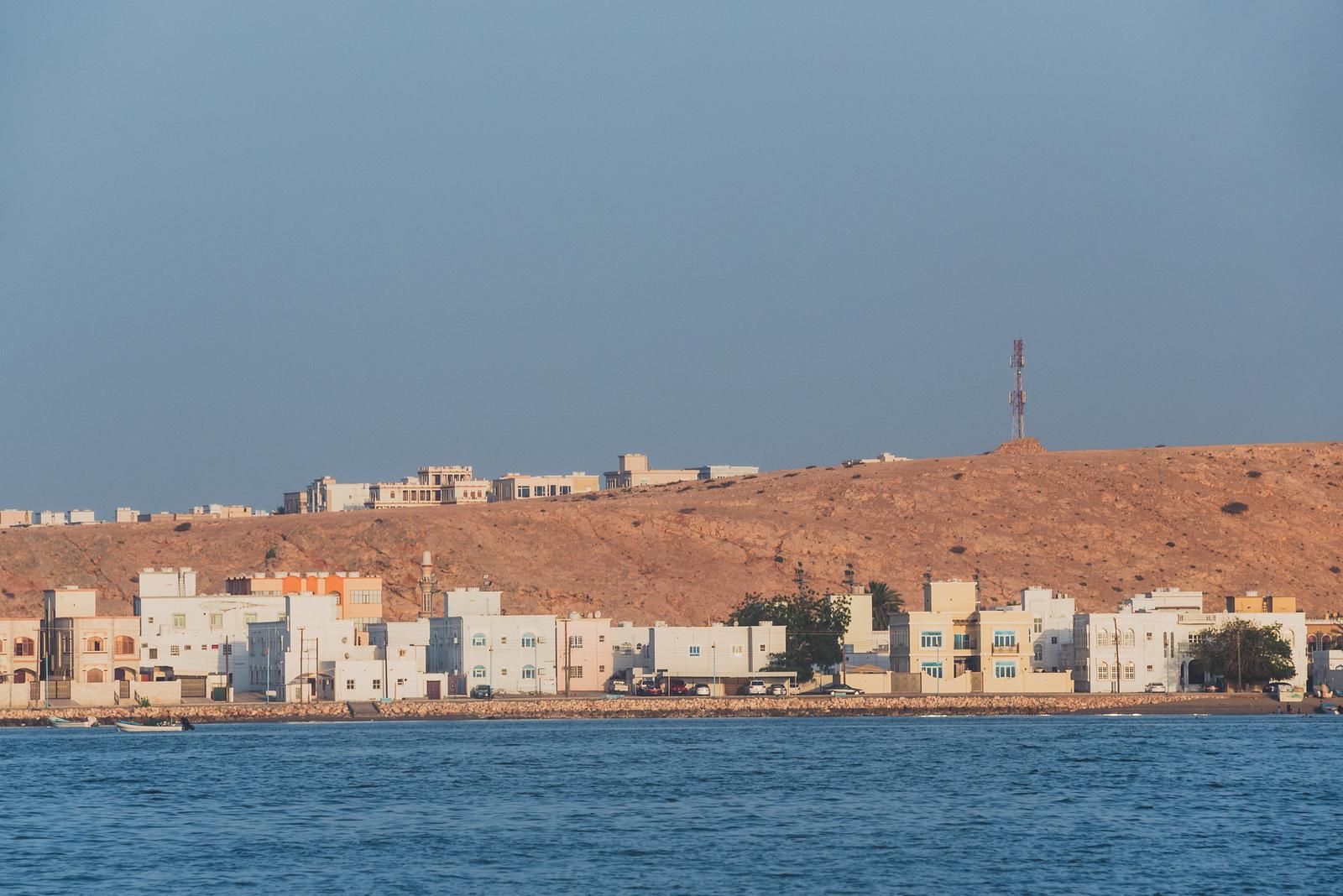
Had I not wandered along the beach, I wouldn’t have had the chance to witness the lively scene there, where locals poured out at dusk to play football and volleyball. Two elements that made this moment perfectly cinematic: the Al Ayjah Lighthouse standing on the distant headland, and the mosque minarets behind facing towards the setting sun.
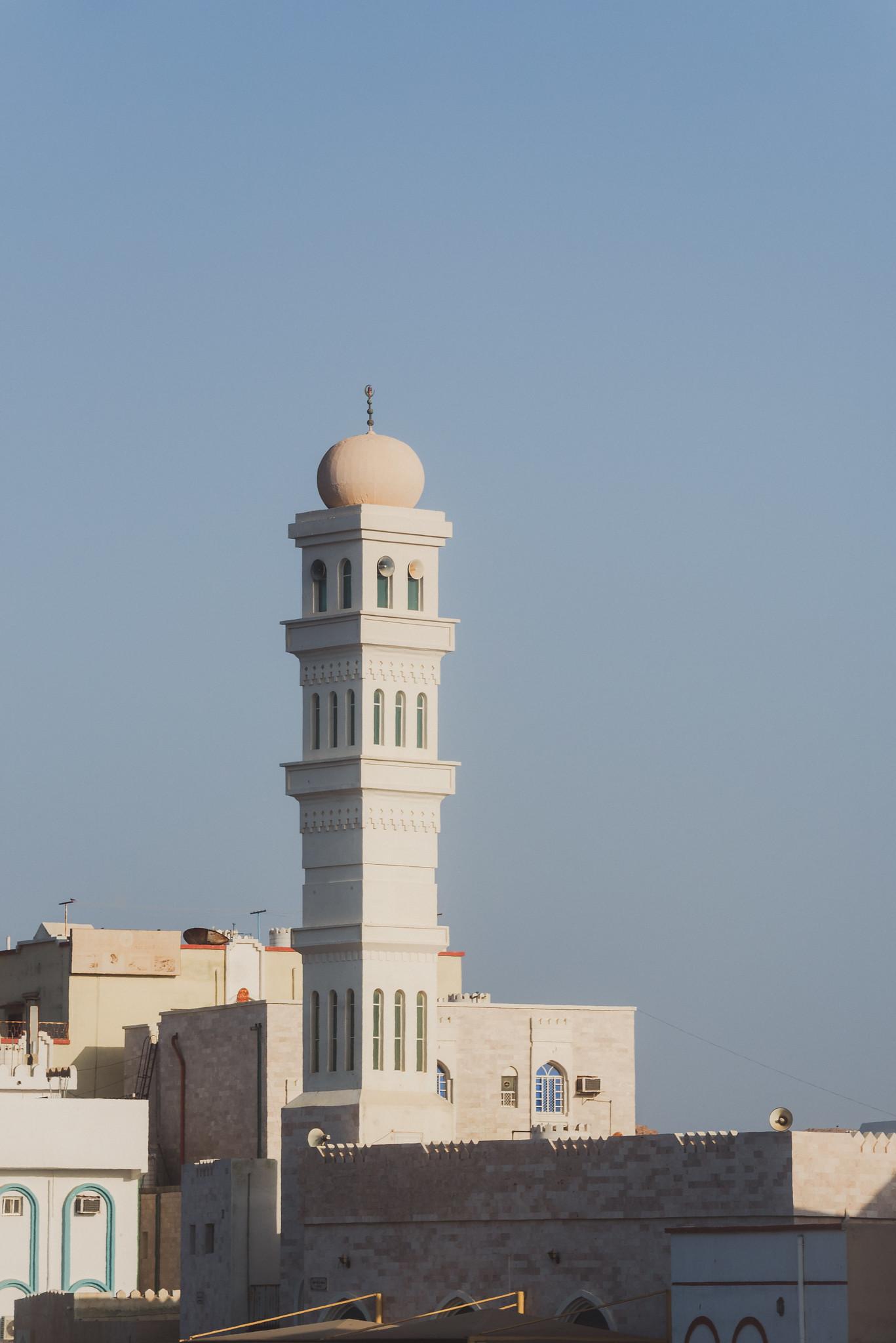
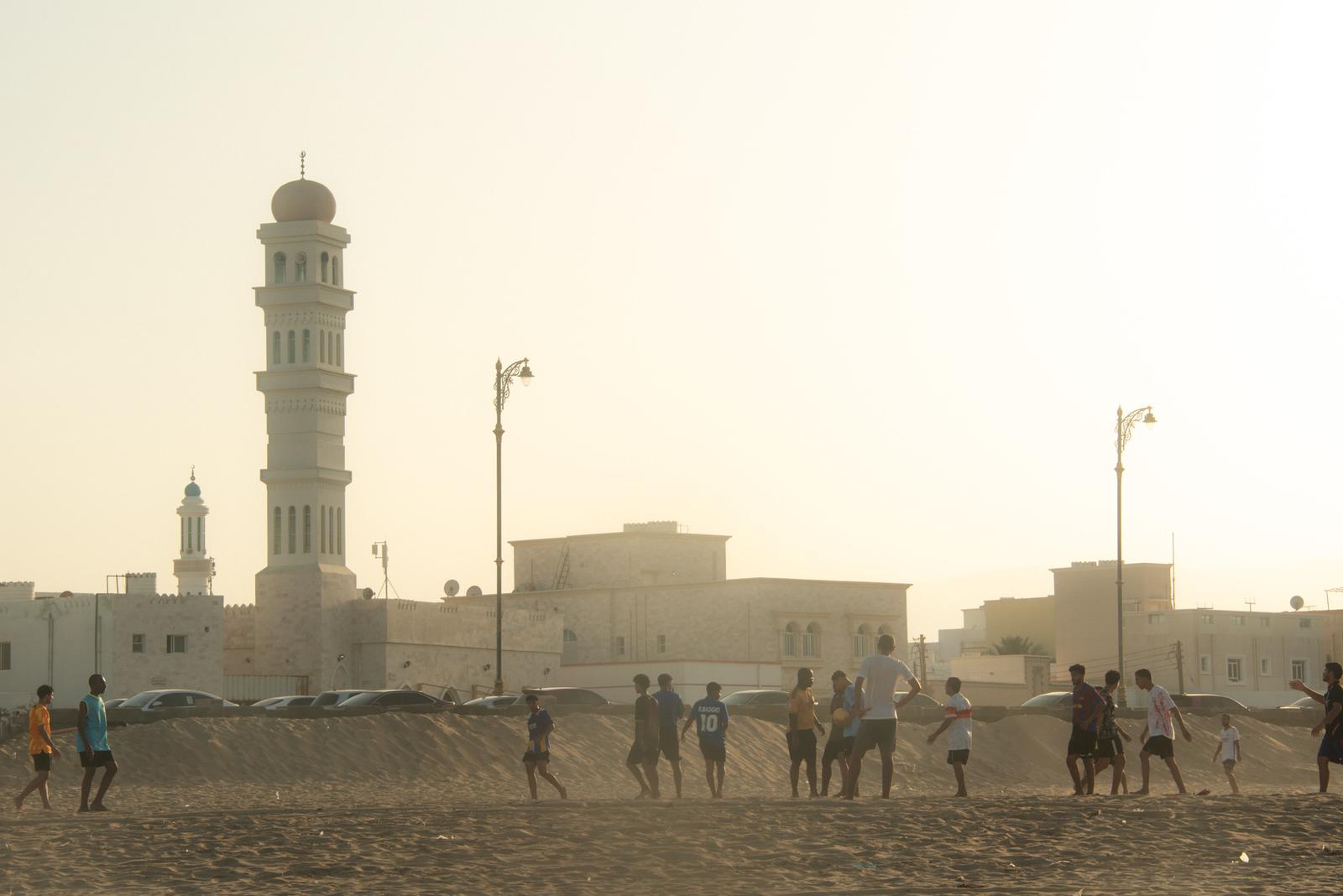
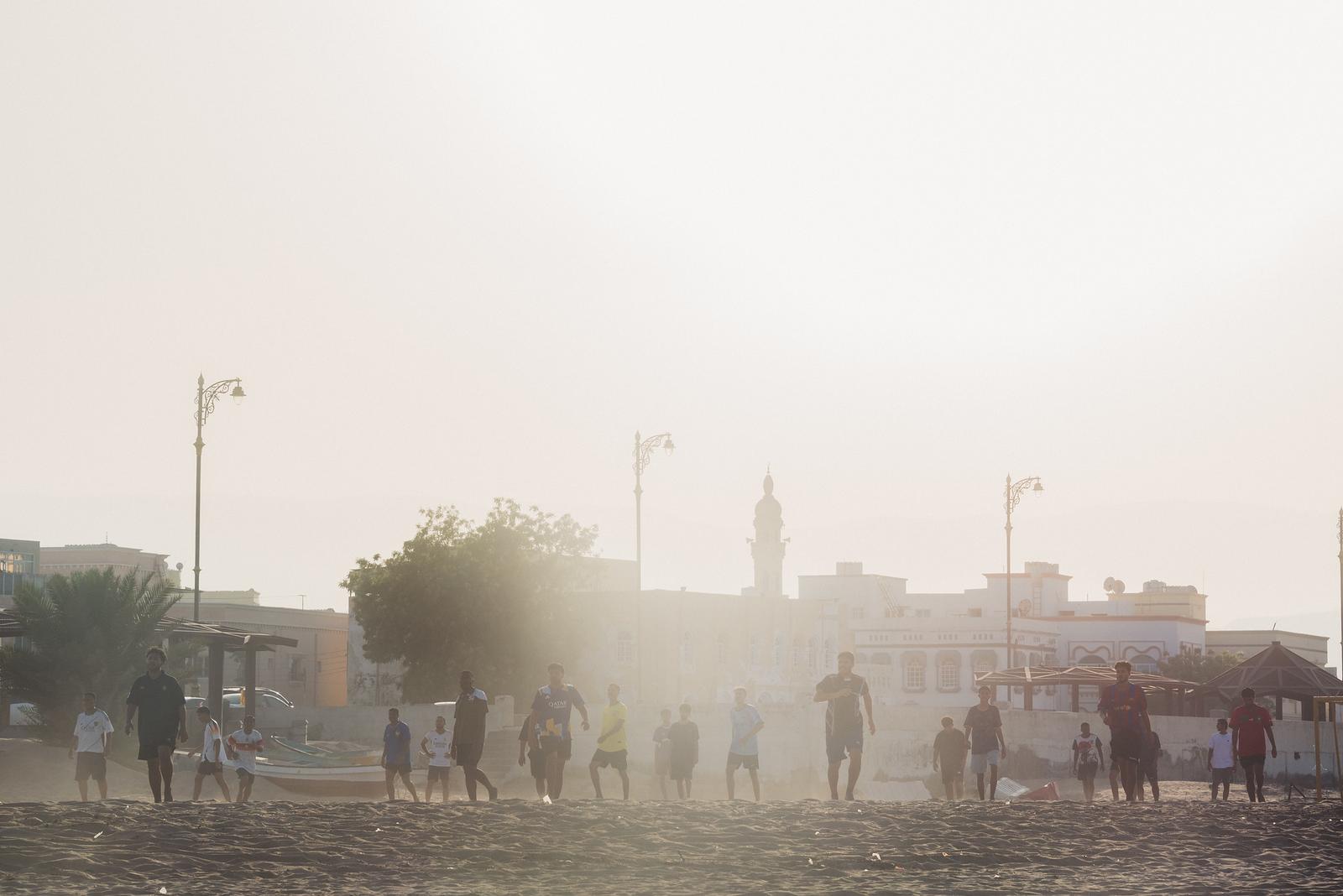
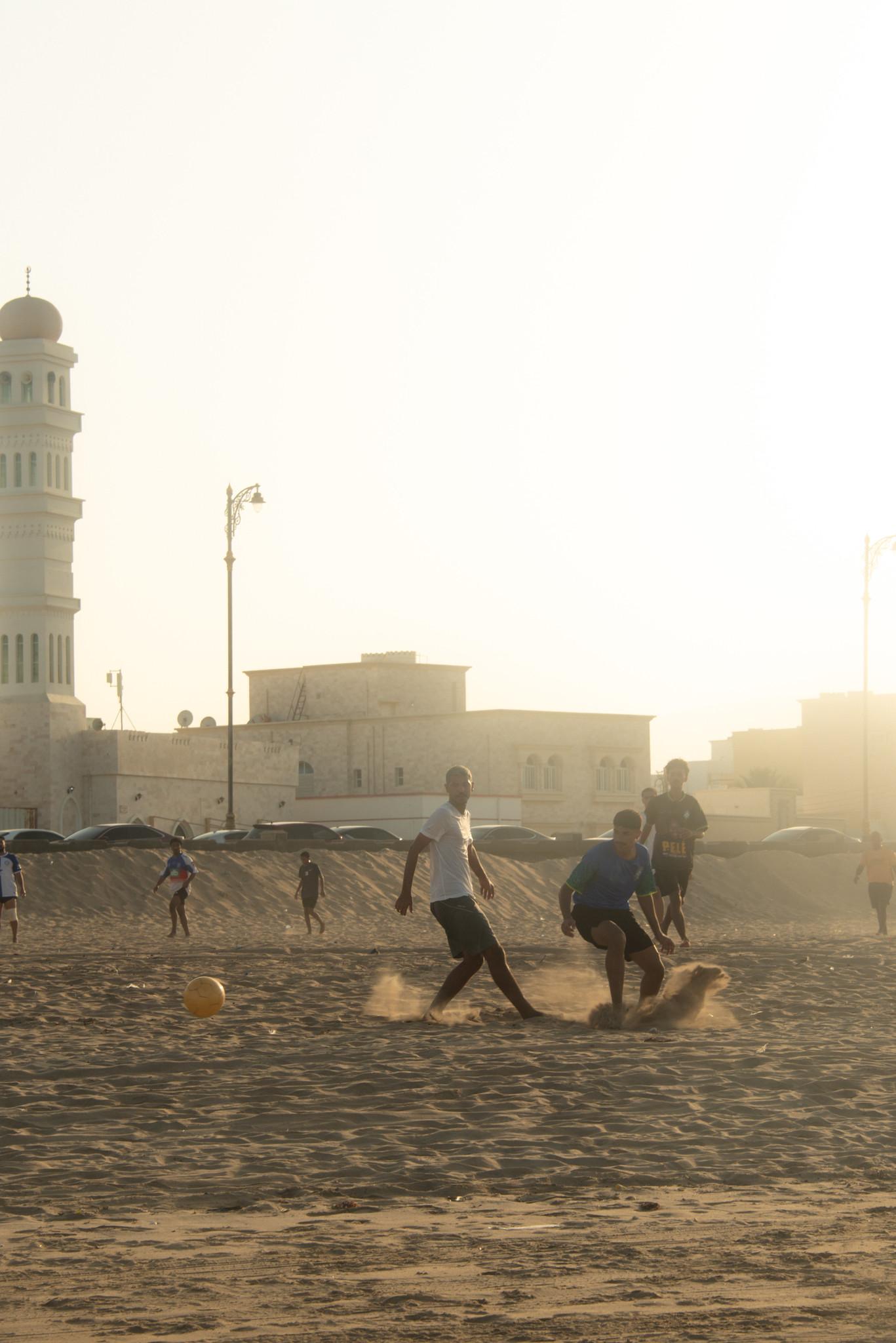
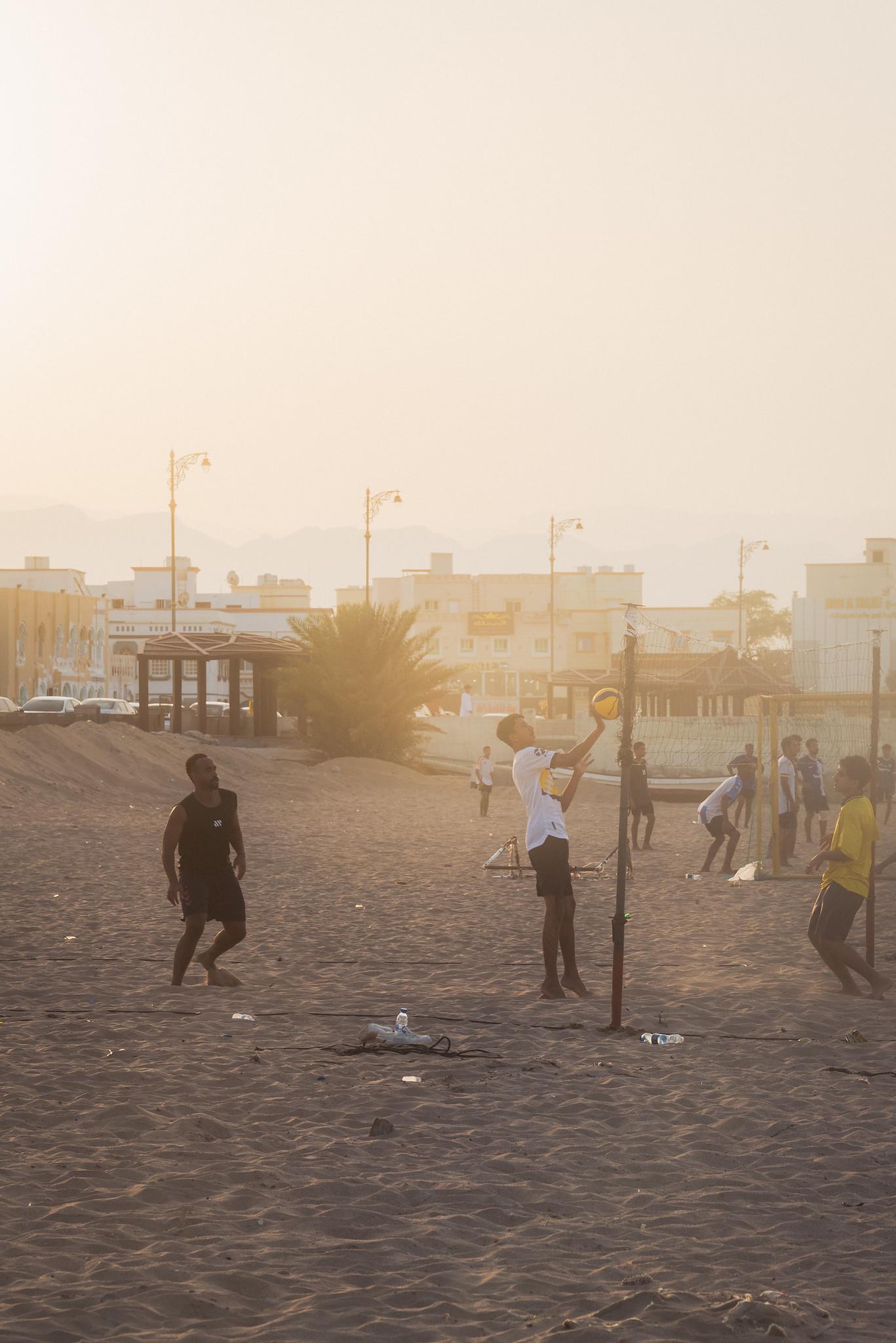
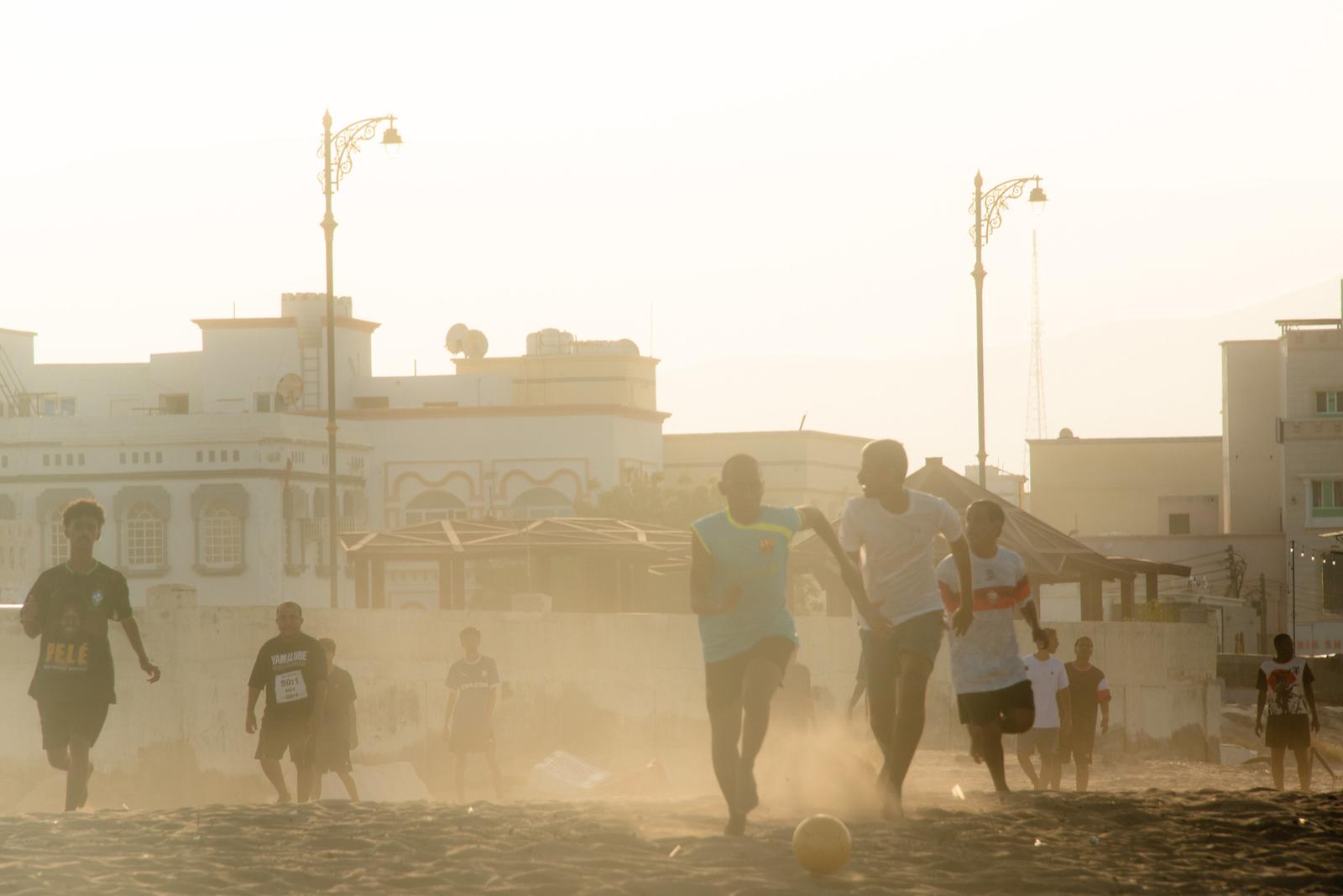
We can’t bring ourselves to stop walking on the sand - step after step, even when our legs are weary - because this moment, right here and now, is one we only encounter once in a lifetime. No matter how many photos we take, they could never fully capture such atmosphere, such colors.
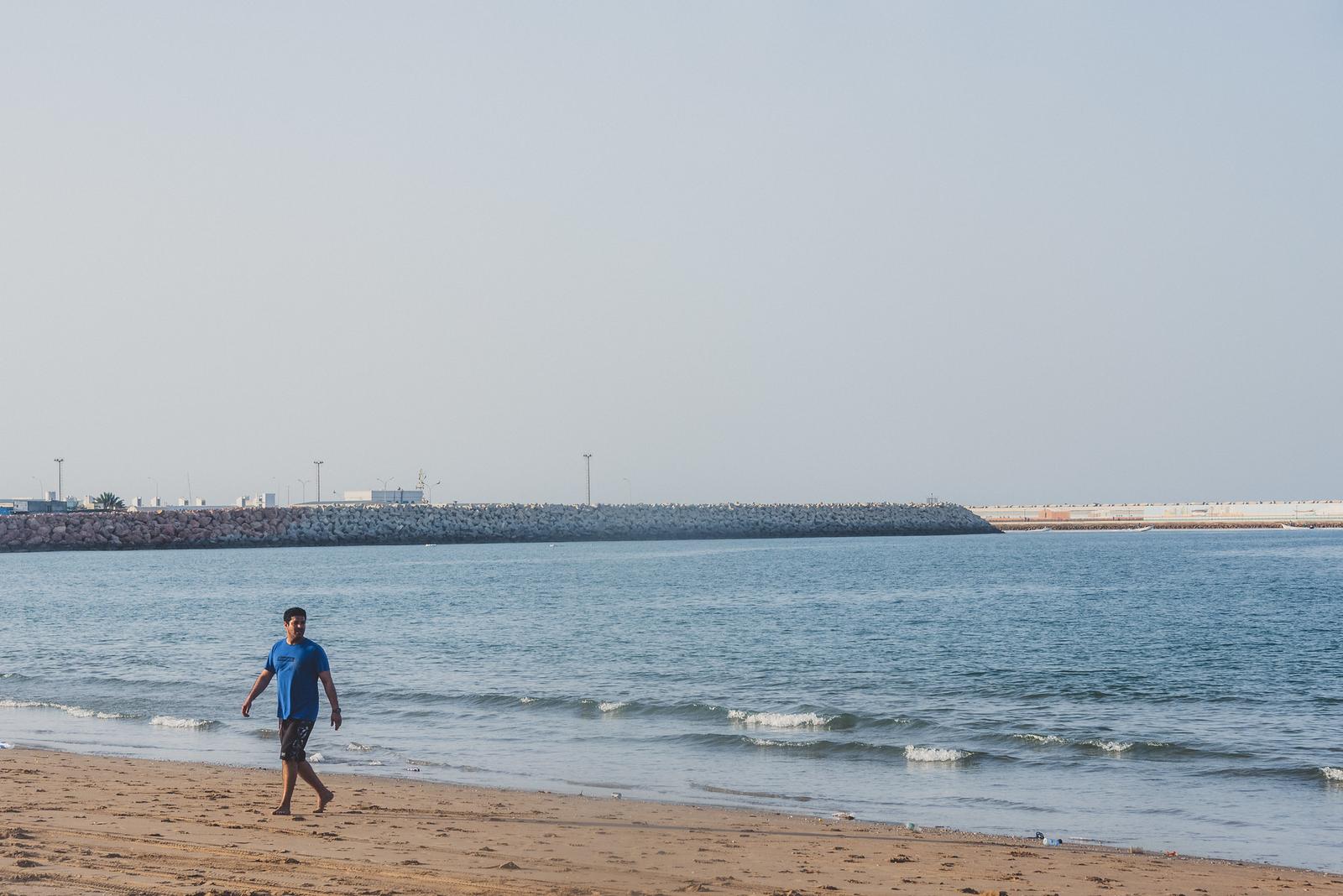
Going to the beach alone can feel lonely, just as it did when I was gazing out at the Korean East Sea at Gwangalli, and here again, as I looked out over the Gulf of Oman. But if we understand that solitude is what gives rise to these beautiful moments, then we can still embrace it, amidst a foreign land, surrounded by unfamiliar faces.
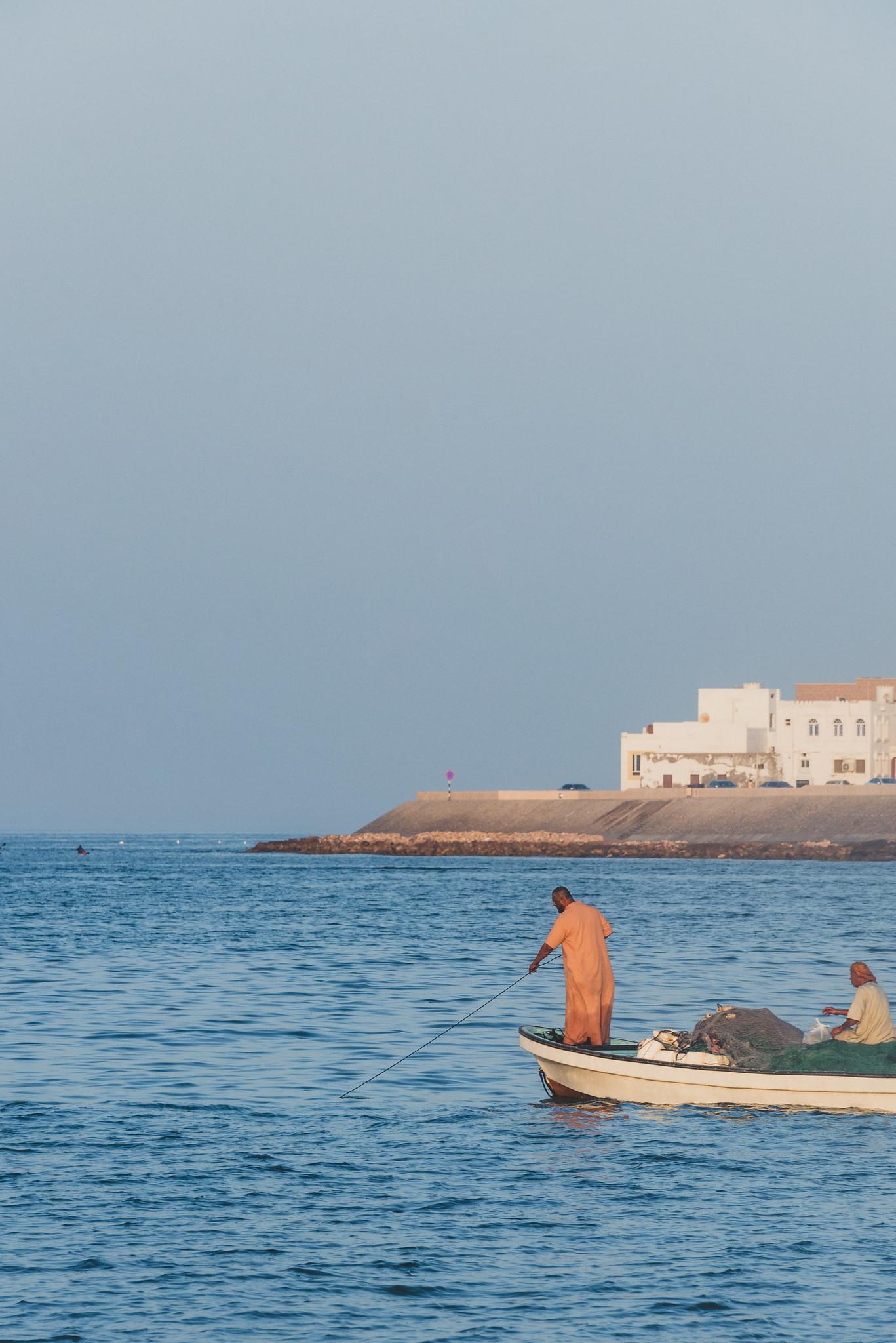
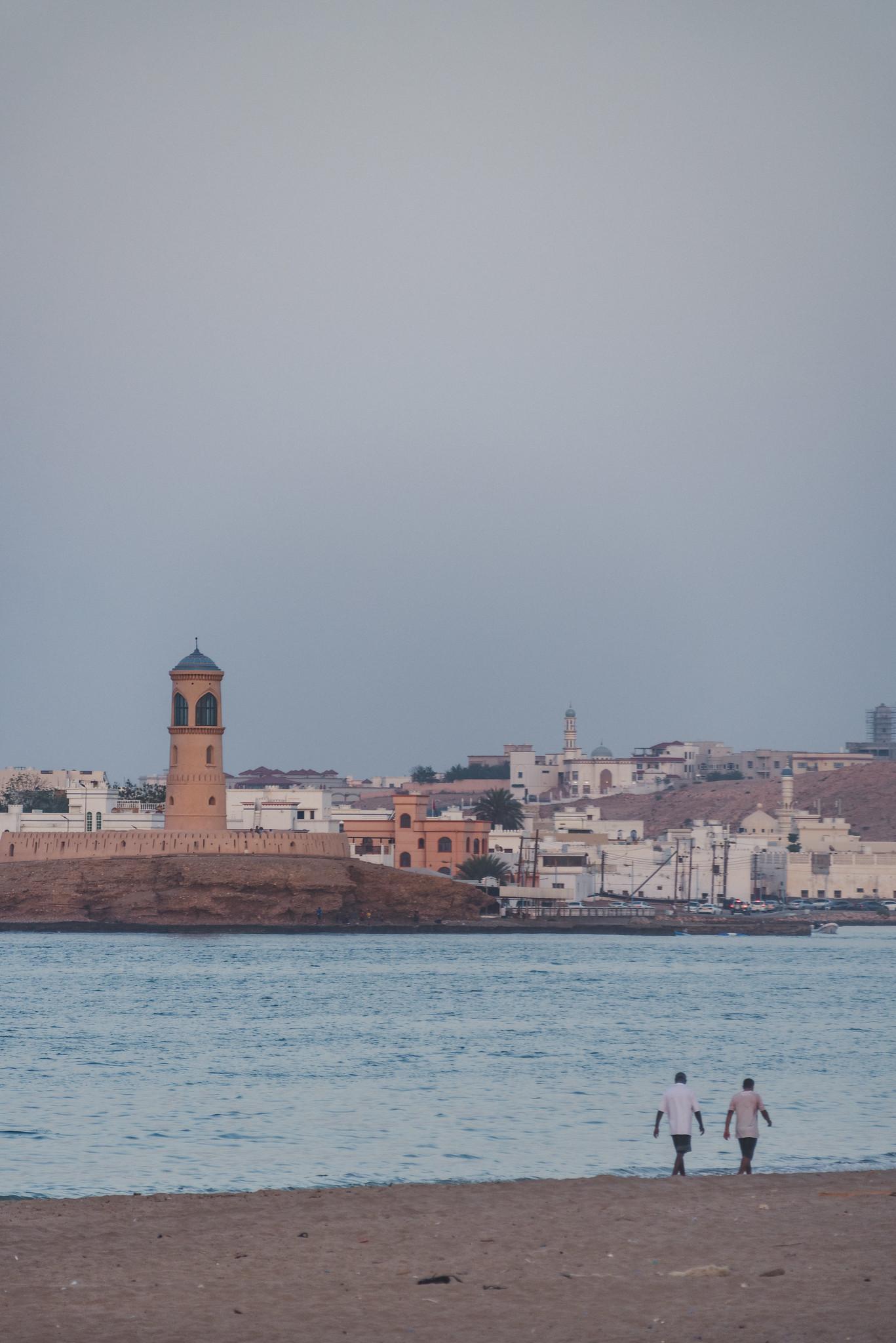
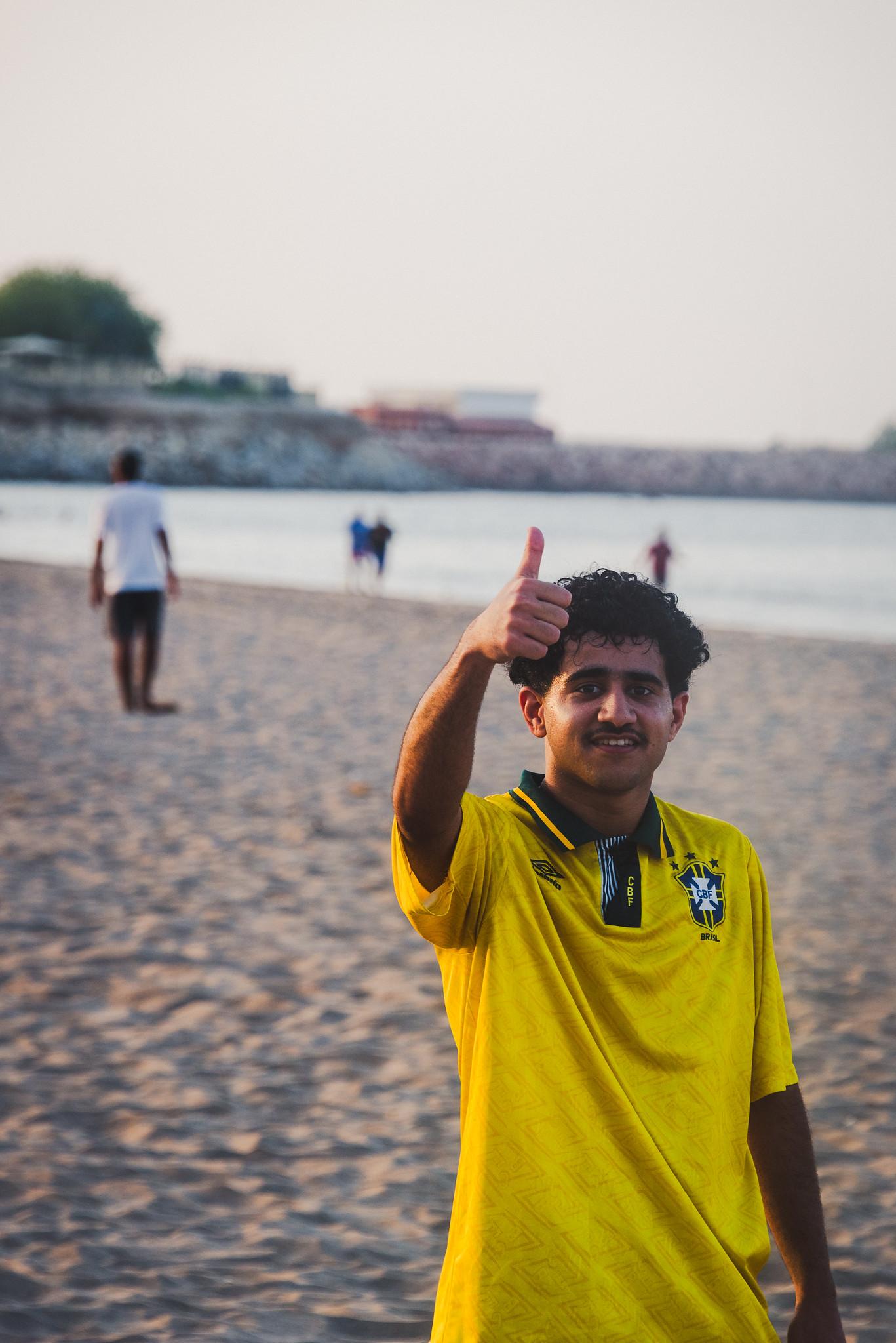
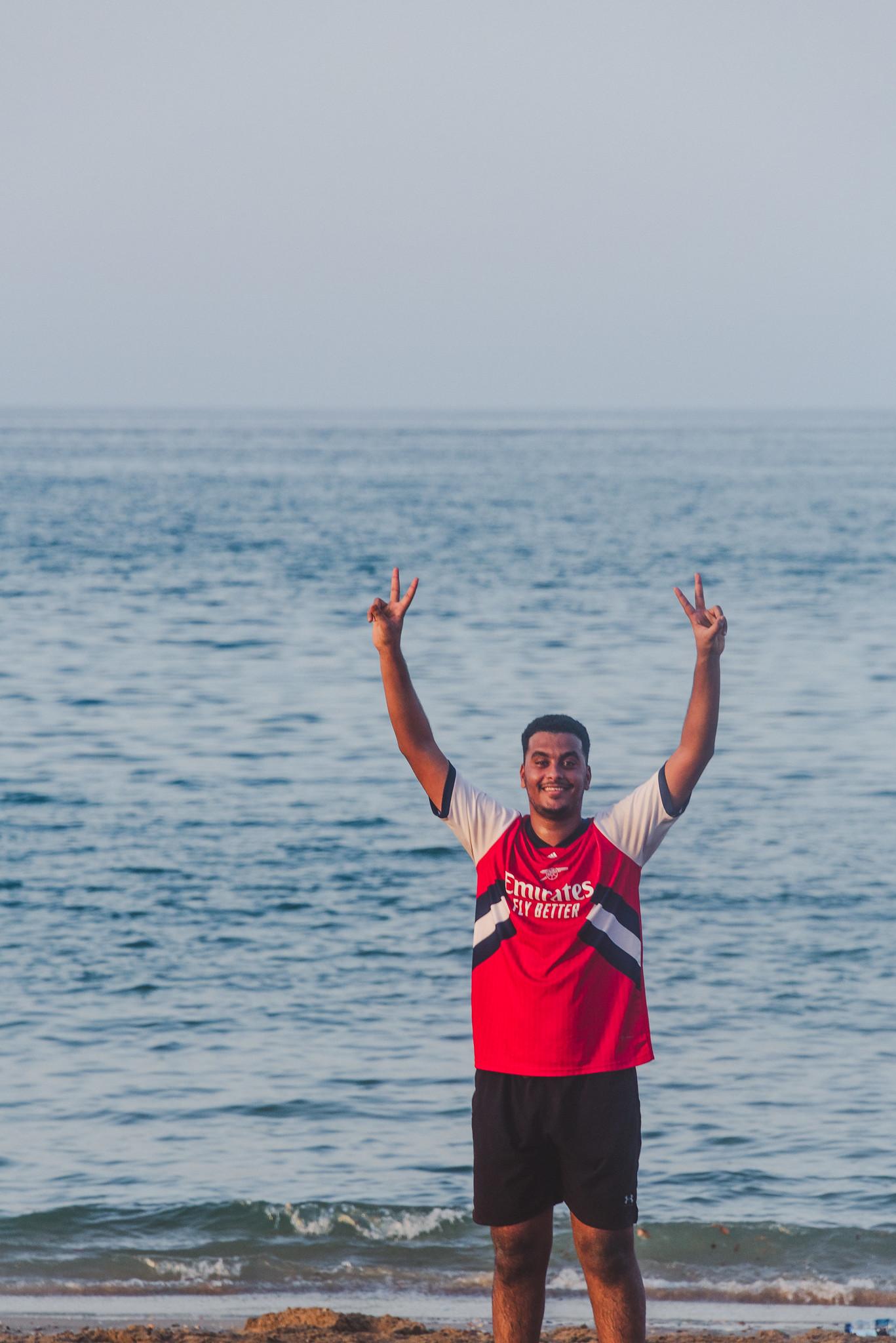
As evening settled in, the beach slowly emptied. My stomach was already growling for dinner, but something still held me back: the lighthouse and the white buildings afar had begun to light up. They looked like coming out of a painting, and it’s such a regret not to have my tripod with me here.
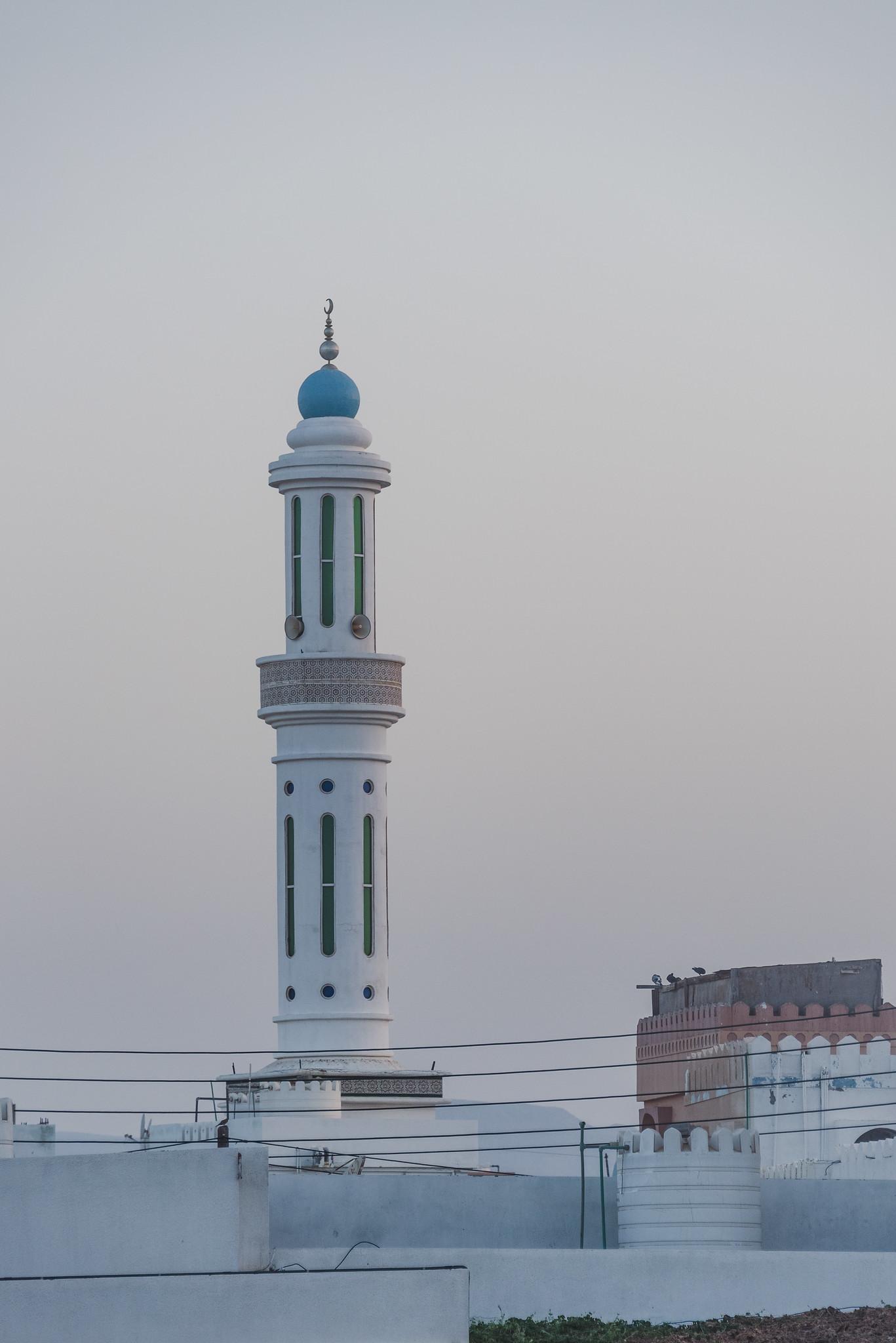
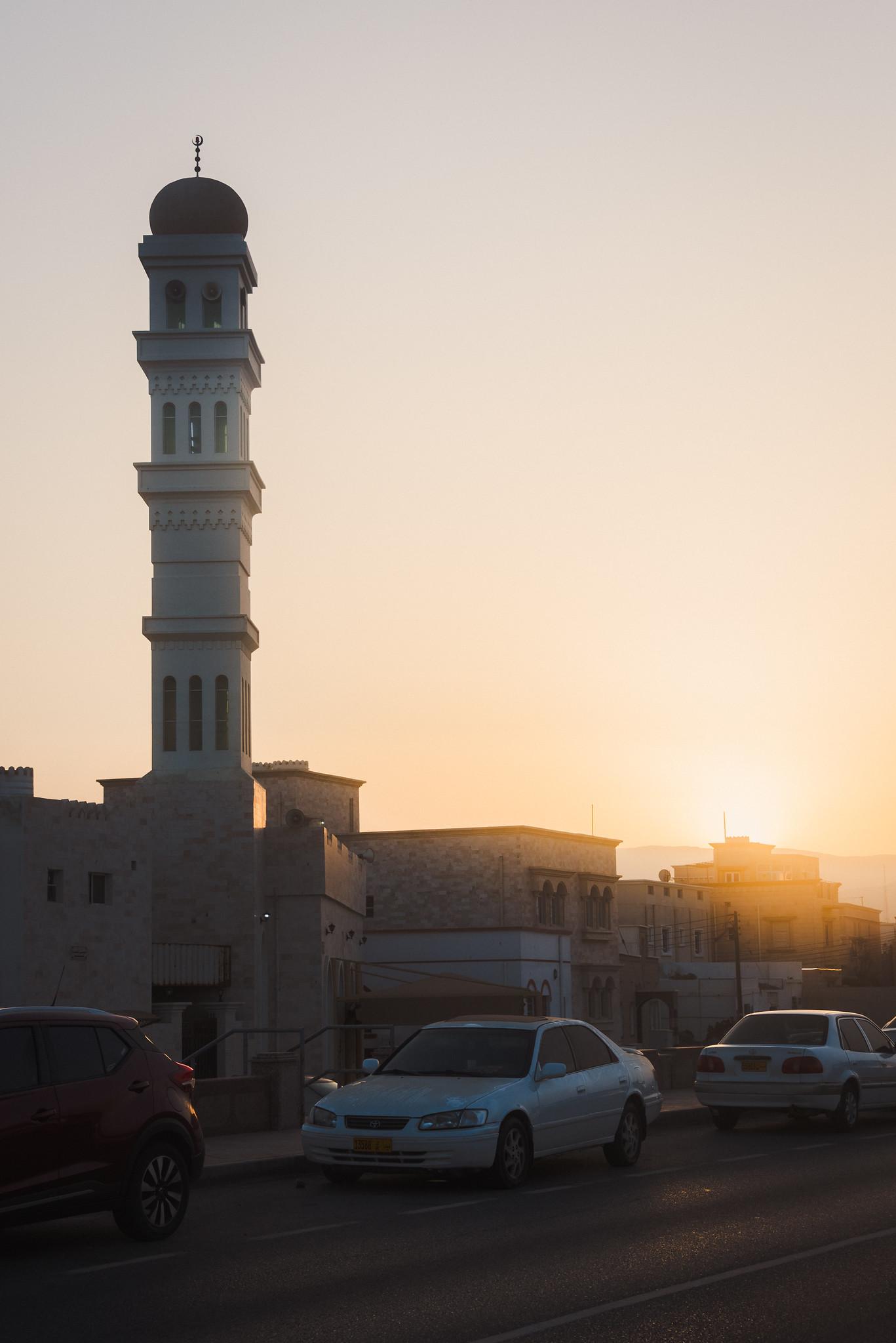
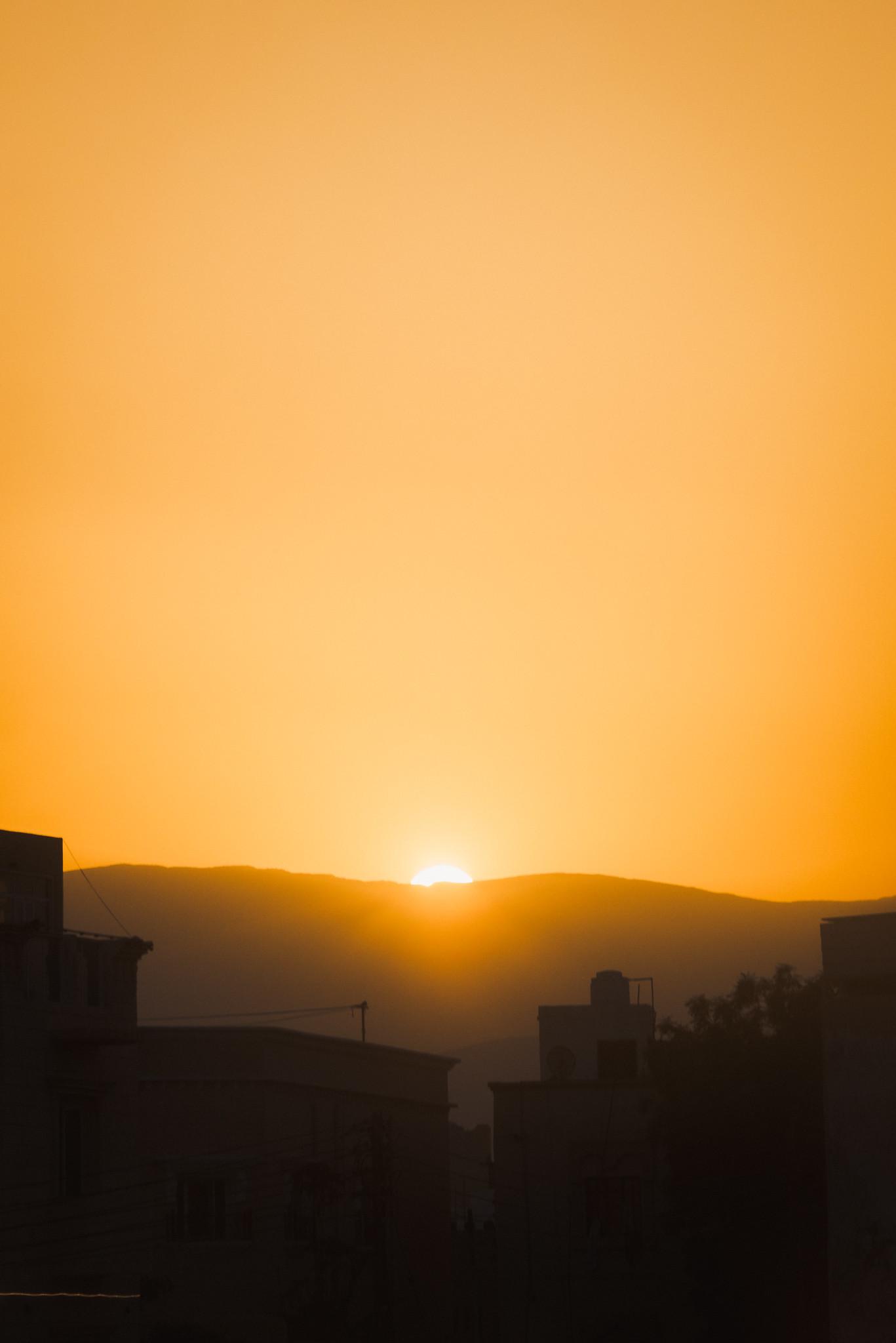
It’s time to book a taxi back to my homestay, but I realized my shoes, after days of wear across the countries, had finally decided to give up. I couldn’t find a suitable replacement in the Souq, so I ended up waiting a long while for a taxi (booking an Otaxi in this city isn’t exactly easy). This time, the driver took the opportunity to chat away about the past month of Ramadan with his guest from far-off Vietnam.
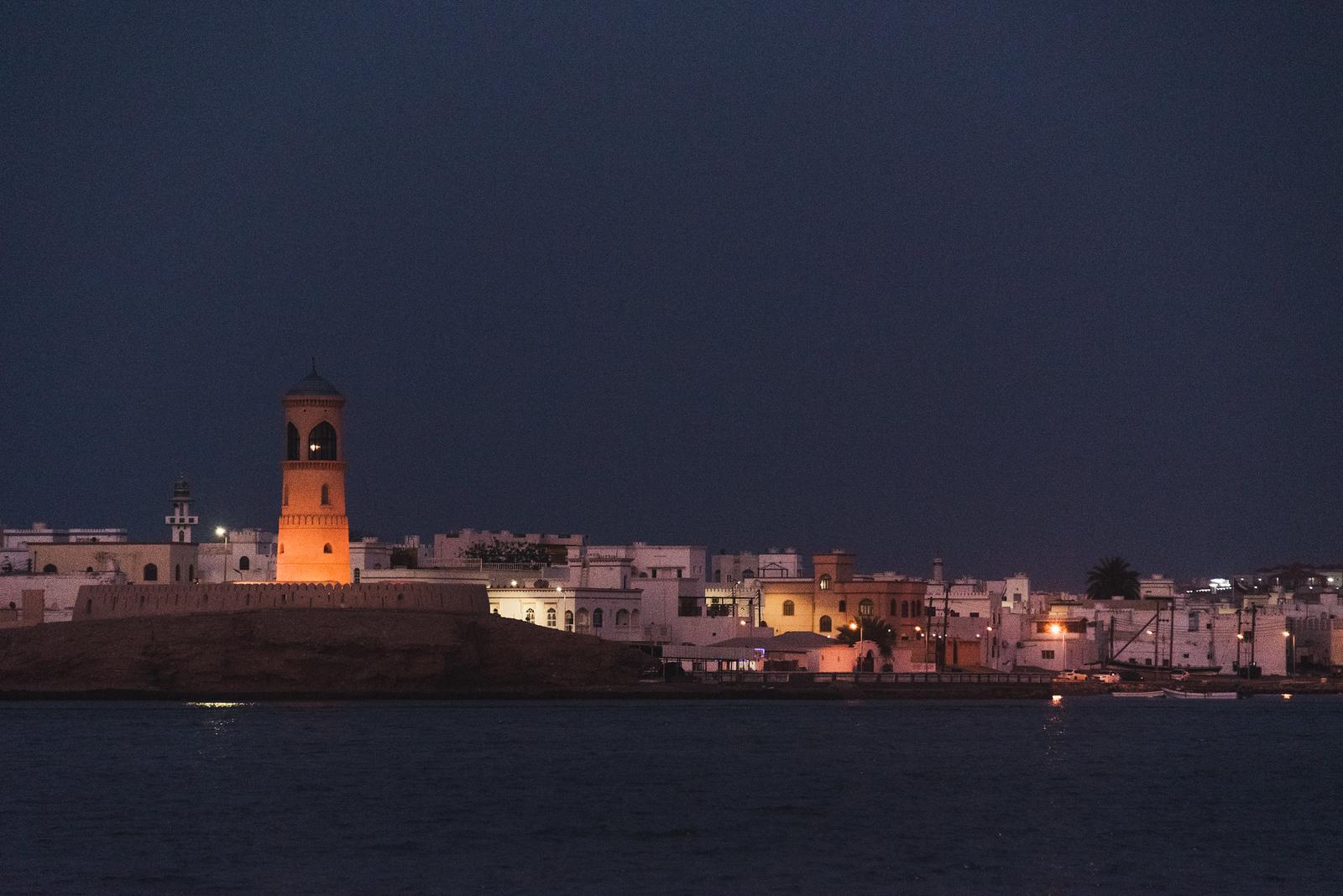
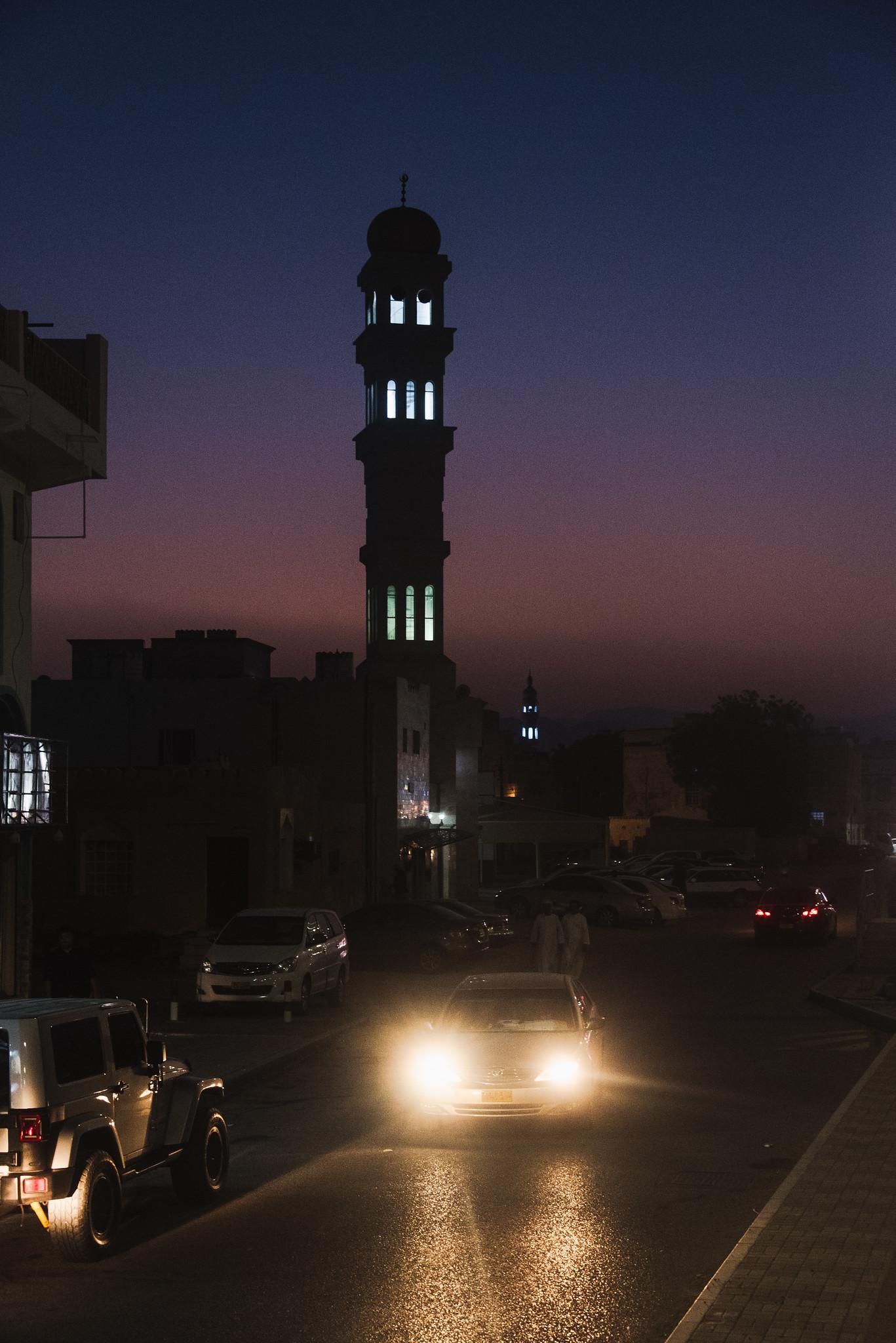
It’s already past 7pm, and anything filling up my stomach at that time would feel like a blessing. I was grateful that the Talabat app still worked well in Sur, and to the kind driver who delivered a bowl of Korean kimchi noodles, keeping my Asian taste buds comforted. Even as a visitor just having spent six short hours in the city, staying at a barely noticeable location on the map, with a stuttering phone call not in a common language, the food still arrived smoothly. That alone felt like a miracle.
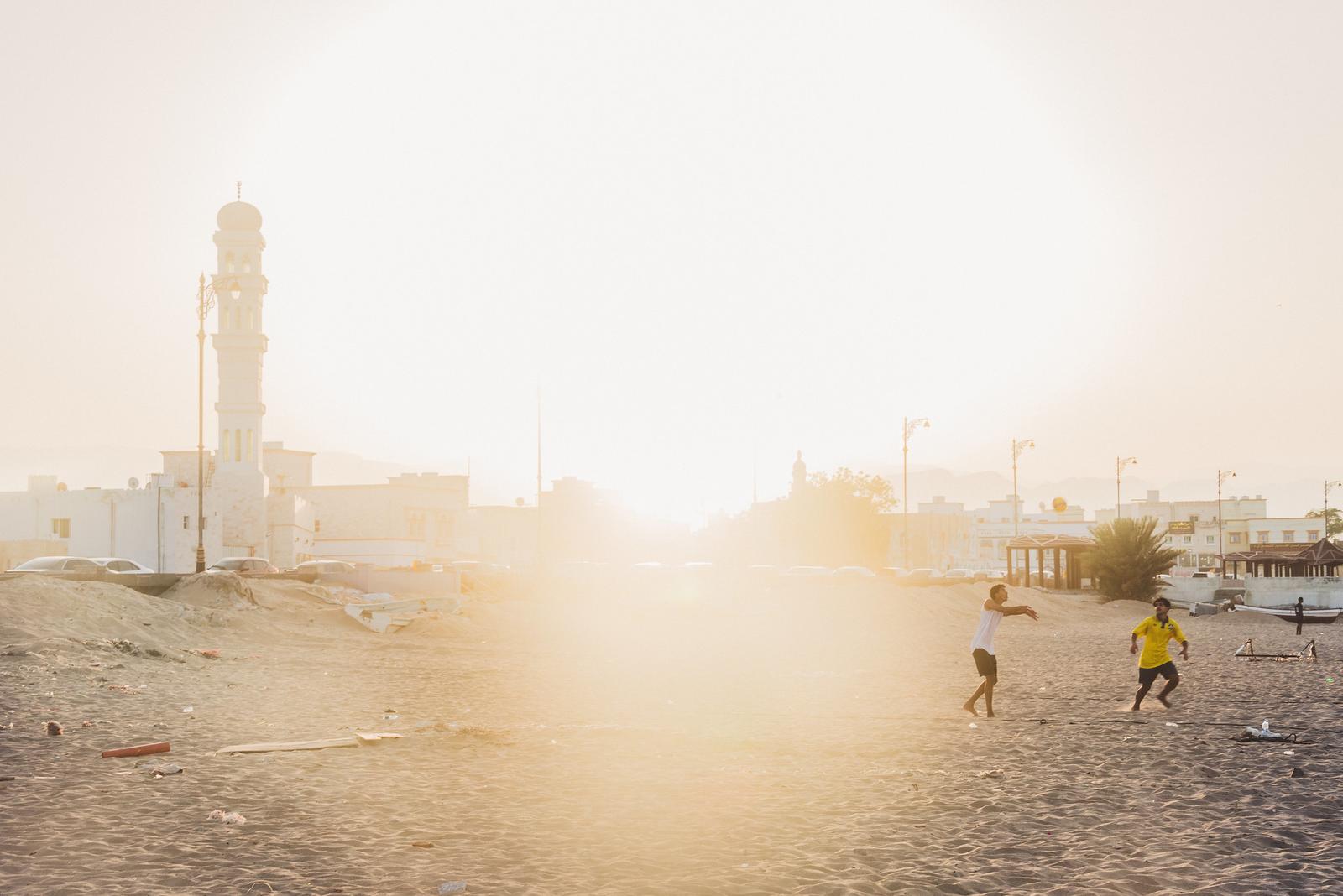
The Coastal Road
After a restful night in my room, I woke up early to begin the journey back to Muscat. The bus was scheduled to depart at 8:50am from the stop near the Souq, but I had to get ready well in advance, as there’re hardly any taxis to book in the morning, and that day was even a Friday.
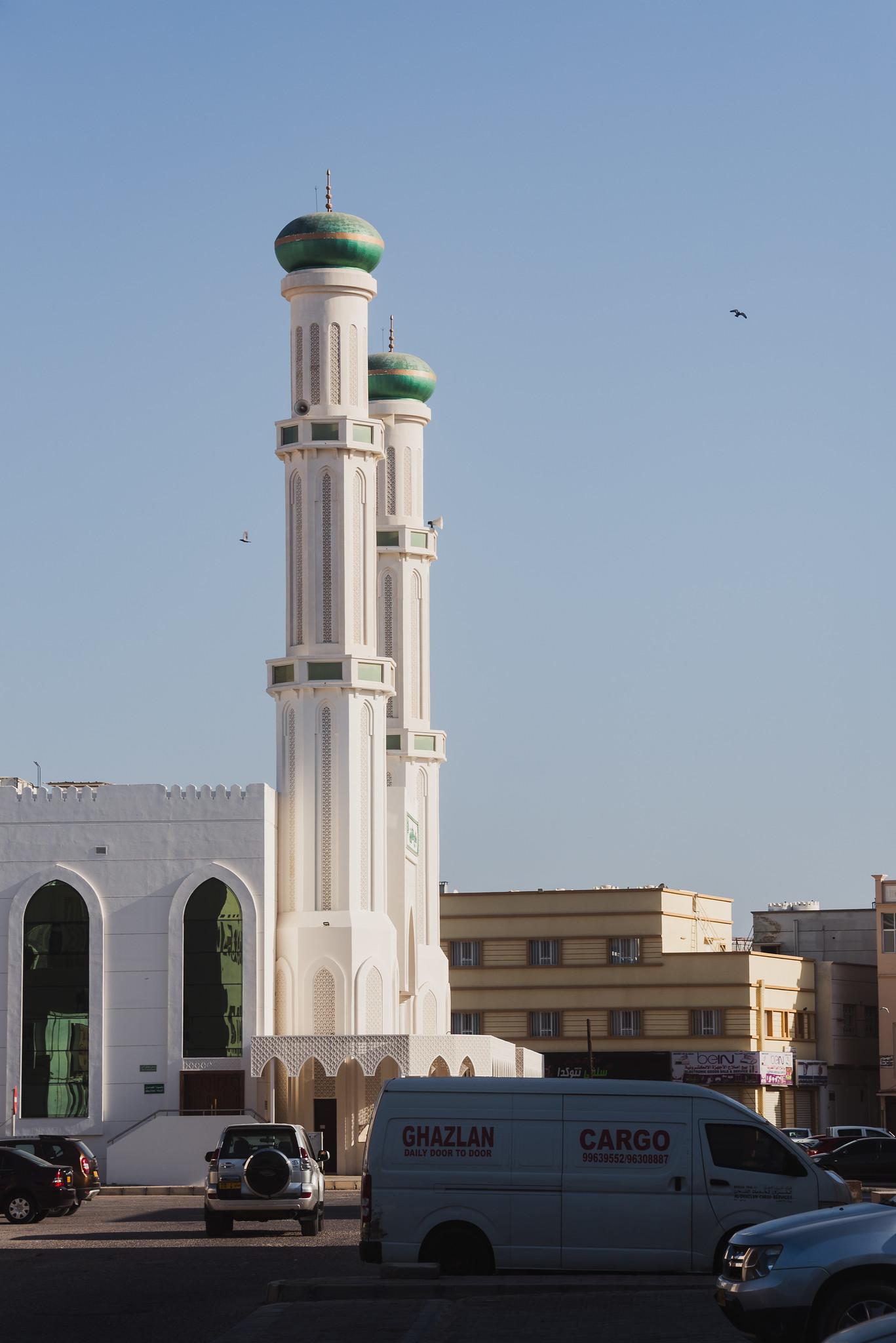
Since the bus stop was just a pole with a Mwasalat board on it, I had my doubts at first, but when a few other passengers showed up later, it gave me some reassurance. No worries, I thought, just let things unfold however they would. A few taxi drivers were hanging around trying to lure passengers, but due to my less-than-pleasant experience before, I declined without hesitation.
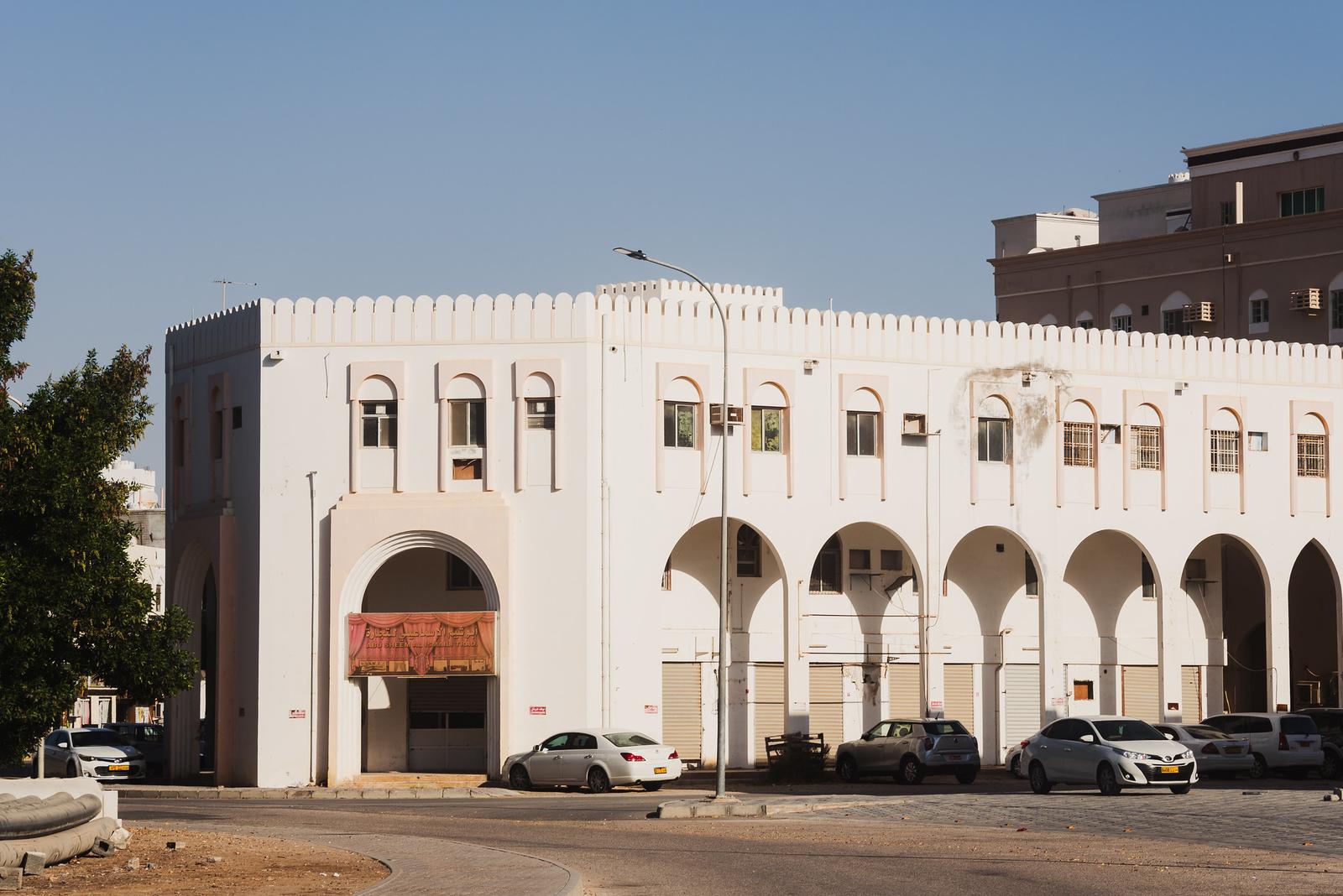
After loading my luggage, paying for the ticket by credit card via a mobile card reader and showing my passport, everything was set. It’s certain that a bus ride is far more comfortable and hassle-free, as we know, in the end, it’ll take you exactly where you need to go.
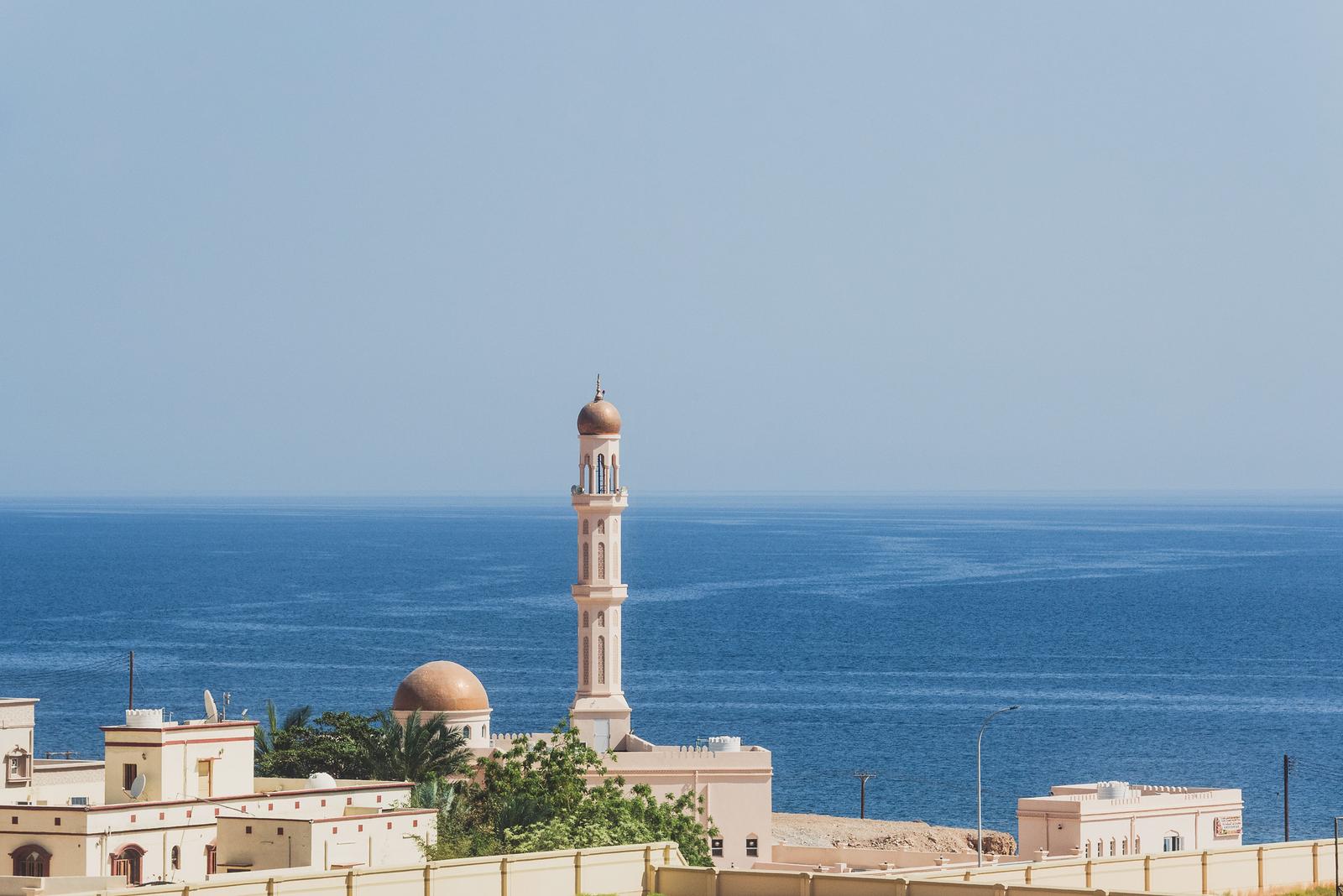
The coastal R17 highway in Oman is a spectacular scenic route, so remember to grab a window seat on the right side to enjoy the sea view, while munching some tangy spicy Made in Oman snacks which are super tasty.
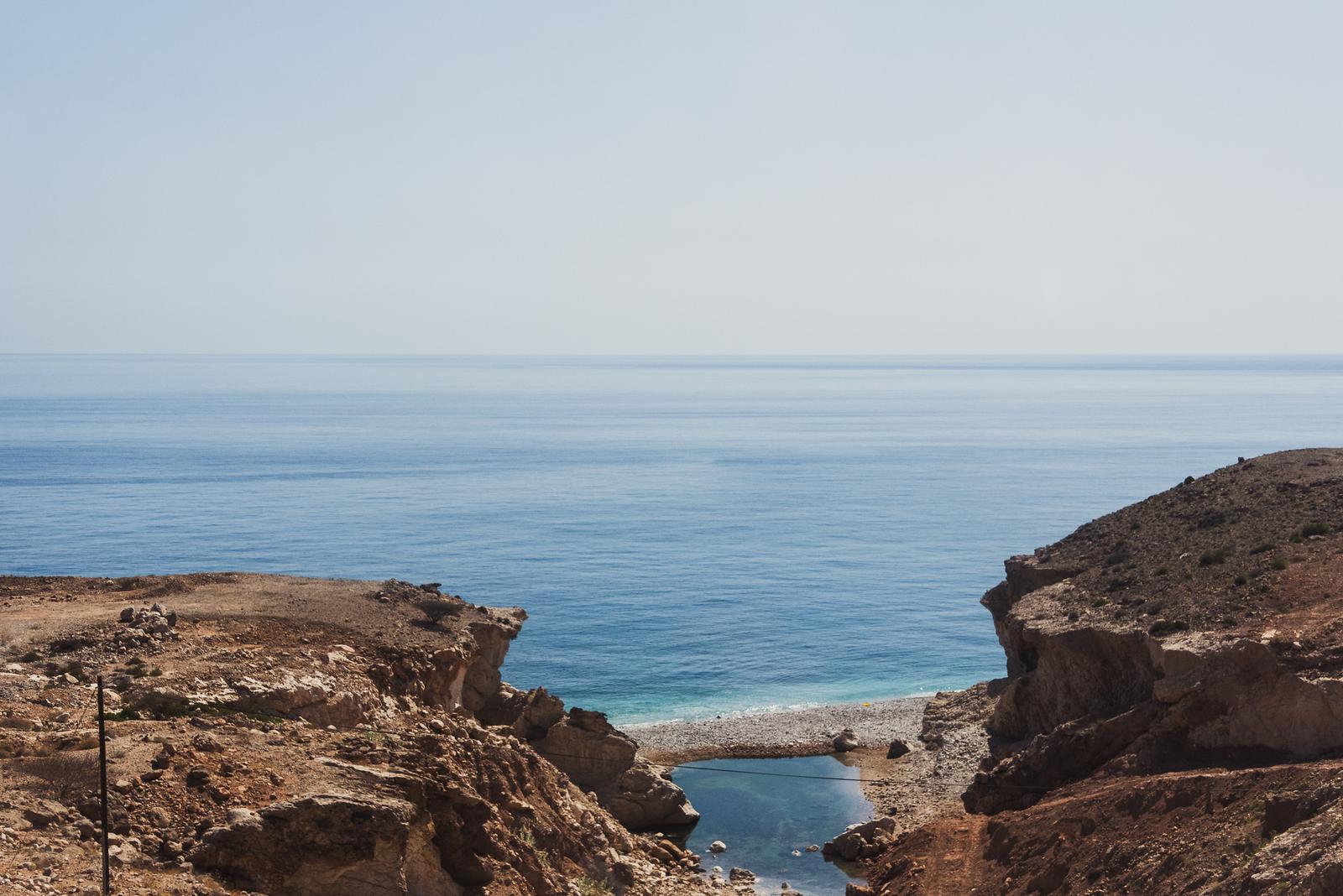
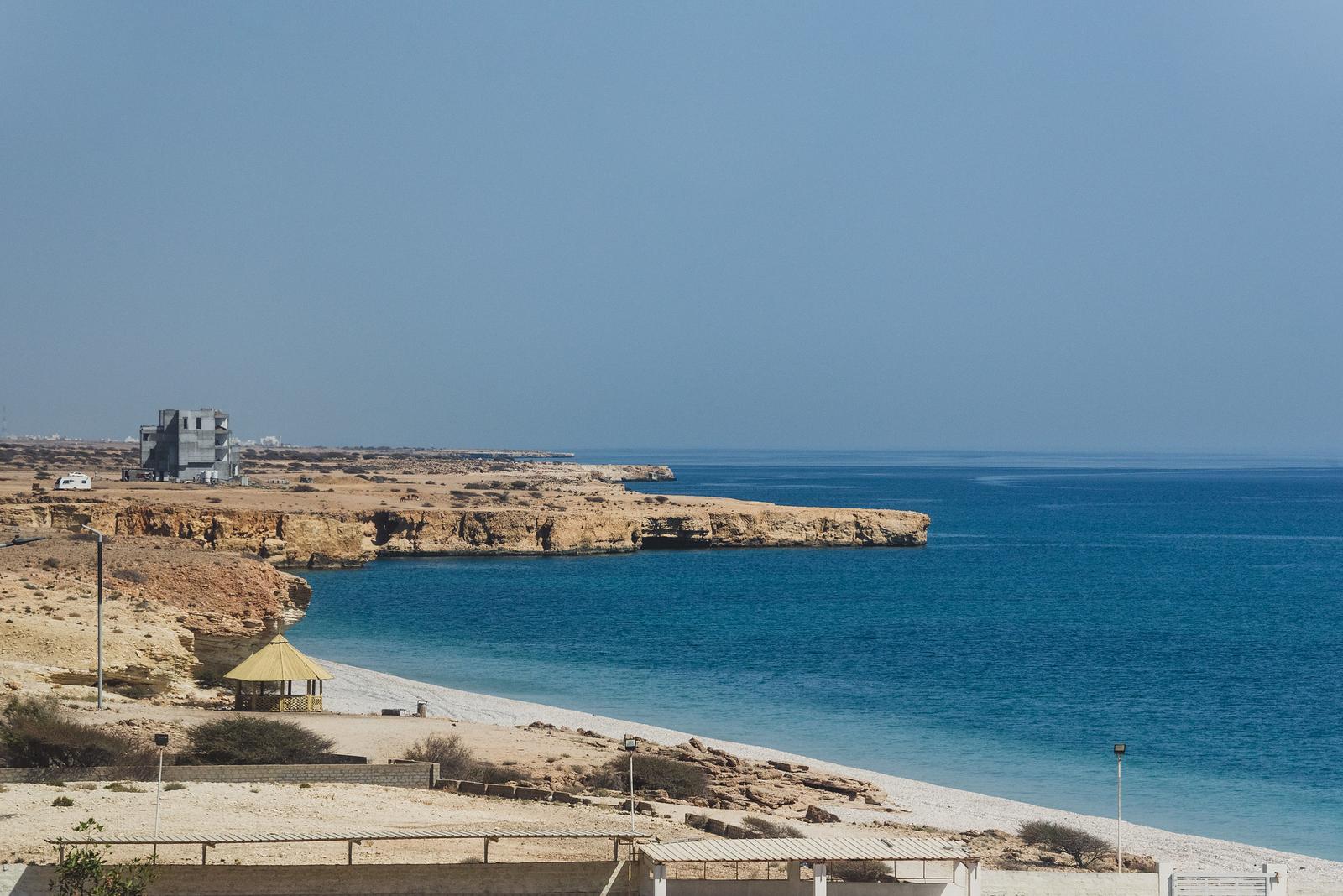
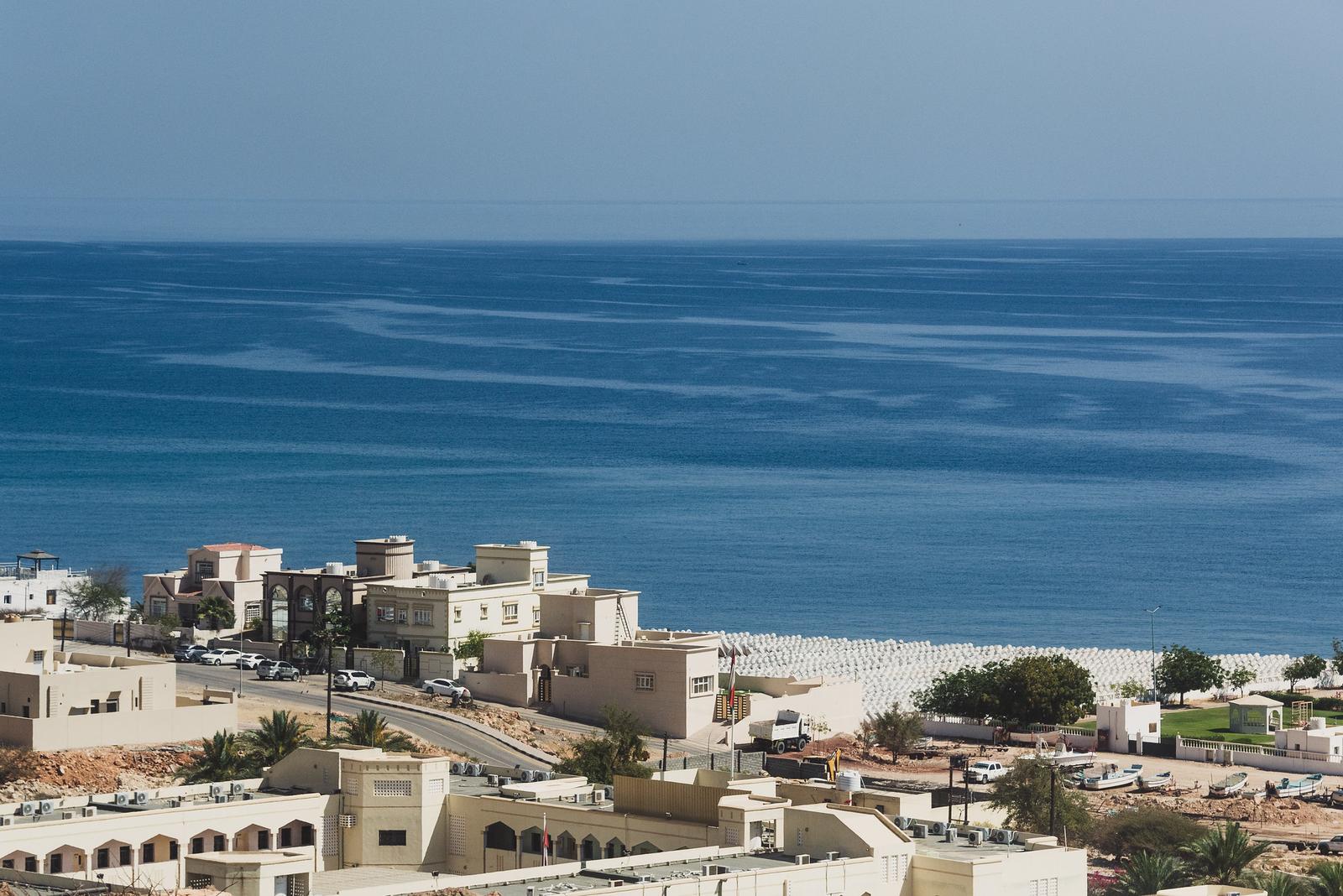
Under the desert sun, the sea showcased its vivid turquoise, blending perfectly with the white sand. The most breathtaking moments were when the bus sped past coastal towns and cities, which appeared like miniature toy settlements situated at the base of slopes. Be sure to mark on the map places like Tiwi, Qurayyat in advance so your camera is ready to capture the moment as you approach. There’re also spots where wadis flow into the sea like Wadi Shab, where lush green vegetation stands out amidst the arid backdrop.
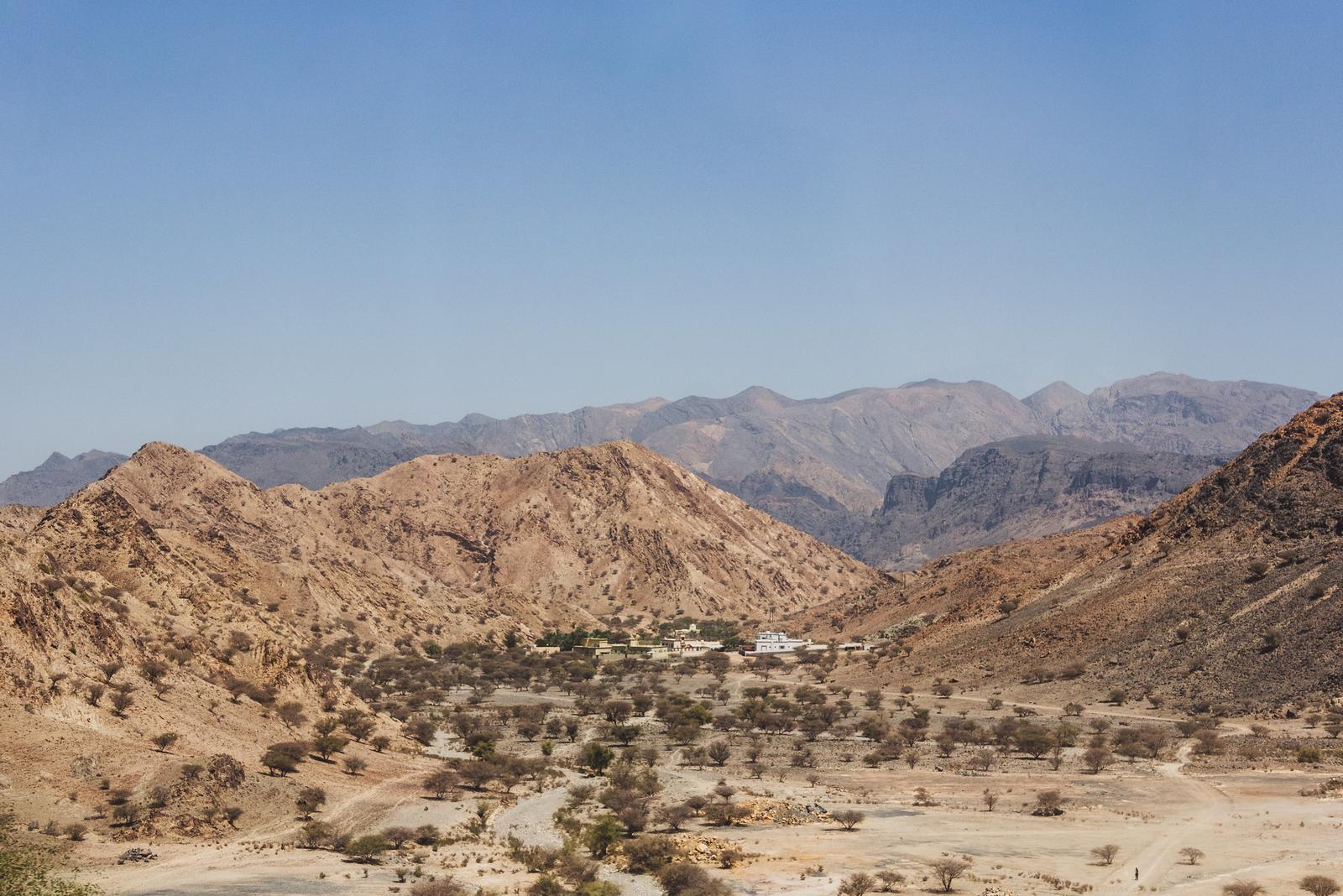
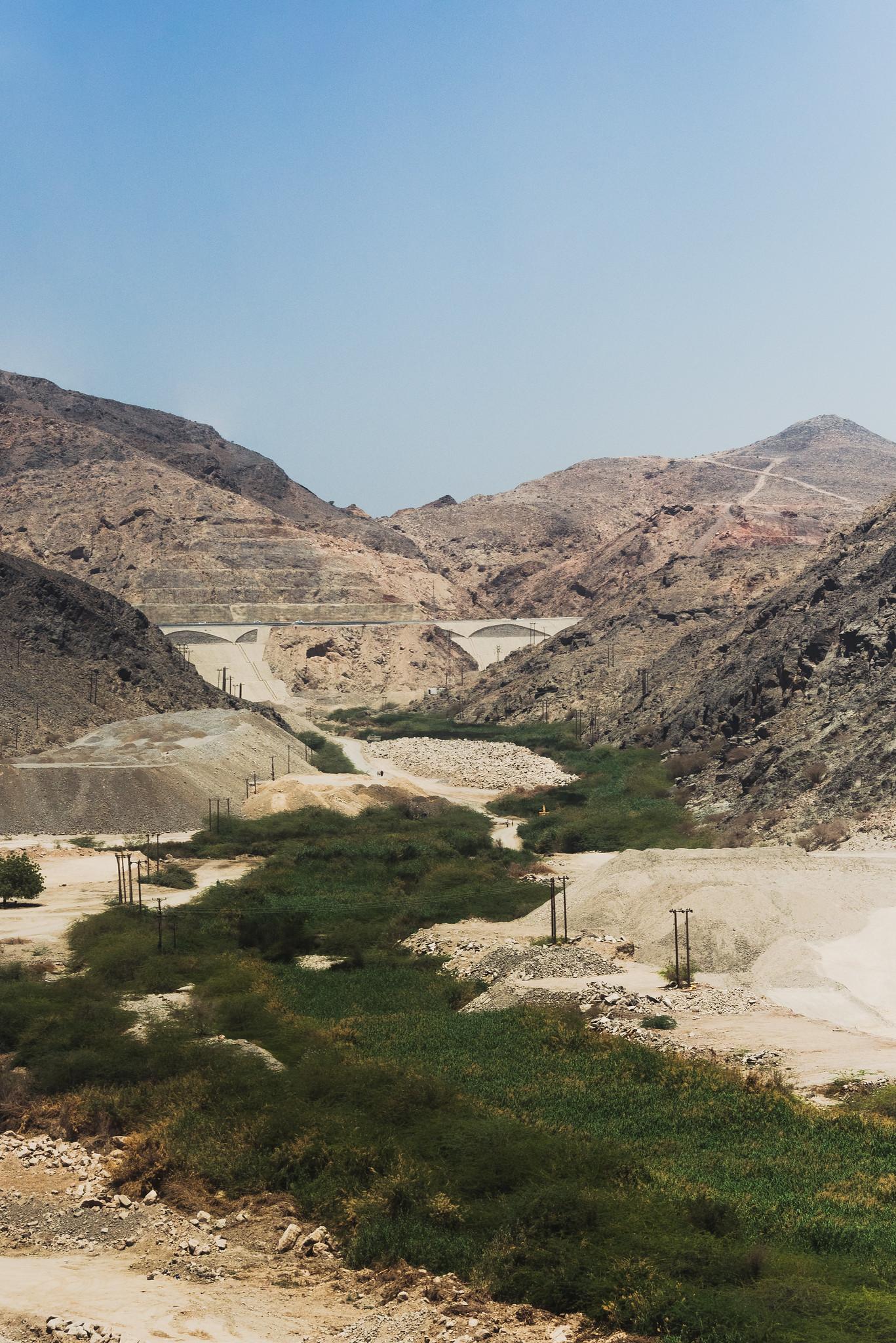
As we neared Muscat, particularly from Muttrah onwards, the bus began to slow down. You don’t necessarily have to get off at the exact stop specified on your ticket, but just let the driver know in advance where you’d like to get off; for example, I chose to hop off at the Omantel stop instead of the Azaiba one.
The most wonderful part of a journey is when the road ahead feels as light as a cloud and full of promise, no matter how small we may feel in the vastness of this world.
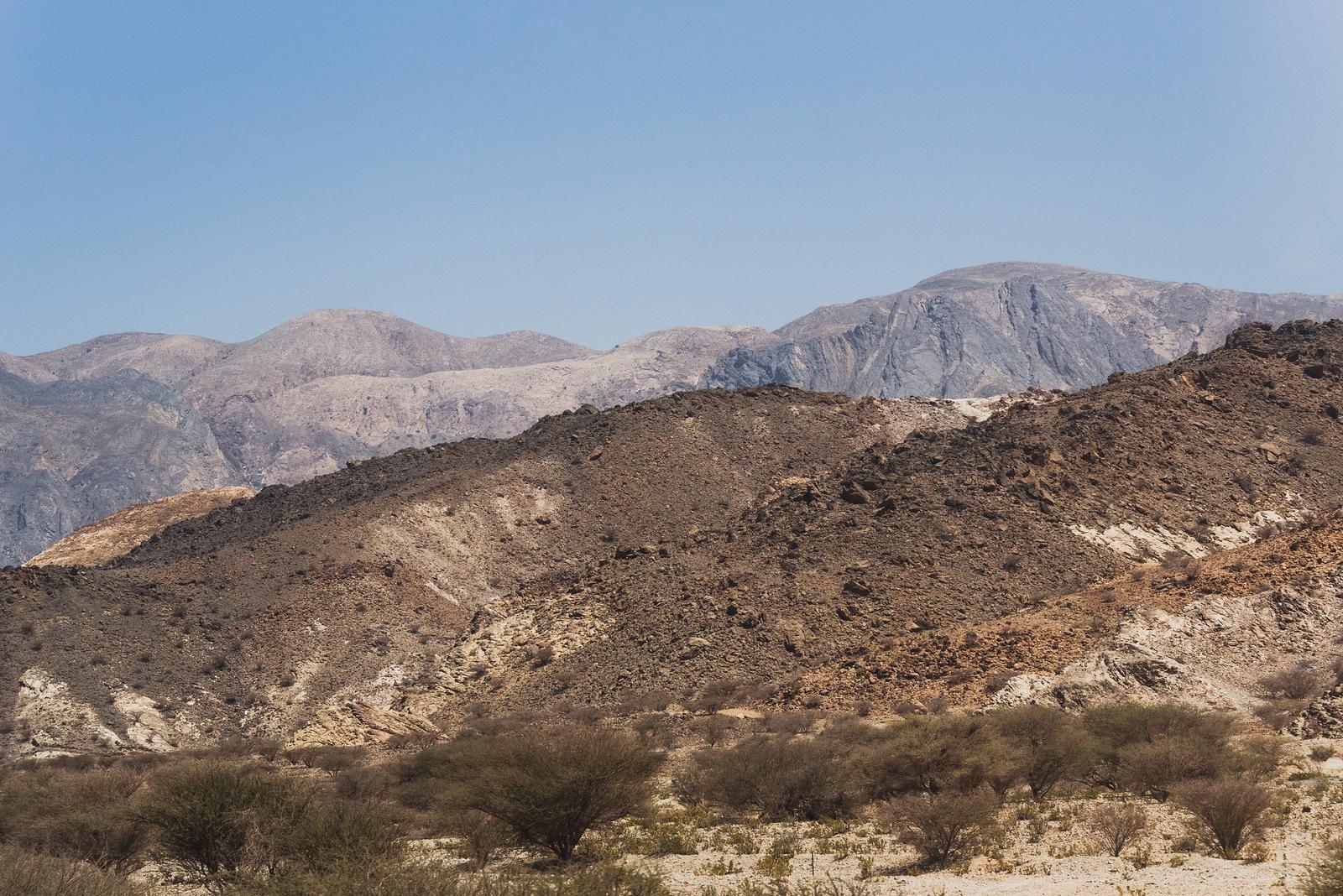
Comments
About
Zuyet Awarmatrip is a subsidiary identity within the personal ecosystem of Zuyet Awarmatik, focusing on travel and photography.
A Vietnamese usually regarding himself as a carefree solo Eastern backpacker, alongside with his main profession as a UX engineer. Neither being a freelancer nor a digital nomad, this website is built for the purpose of recording his life experience and happenings instead of letting them go into oblivion. He hopes these photos here shall always deliver the colorfulness of this worldly reality.
Even in your most exhausted moments, if the world you see is still smiling at you, that's when you'll find yourself growing stronger.

